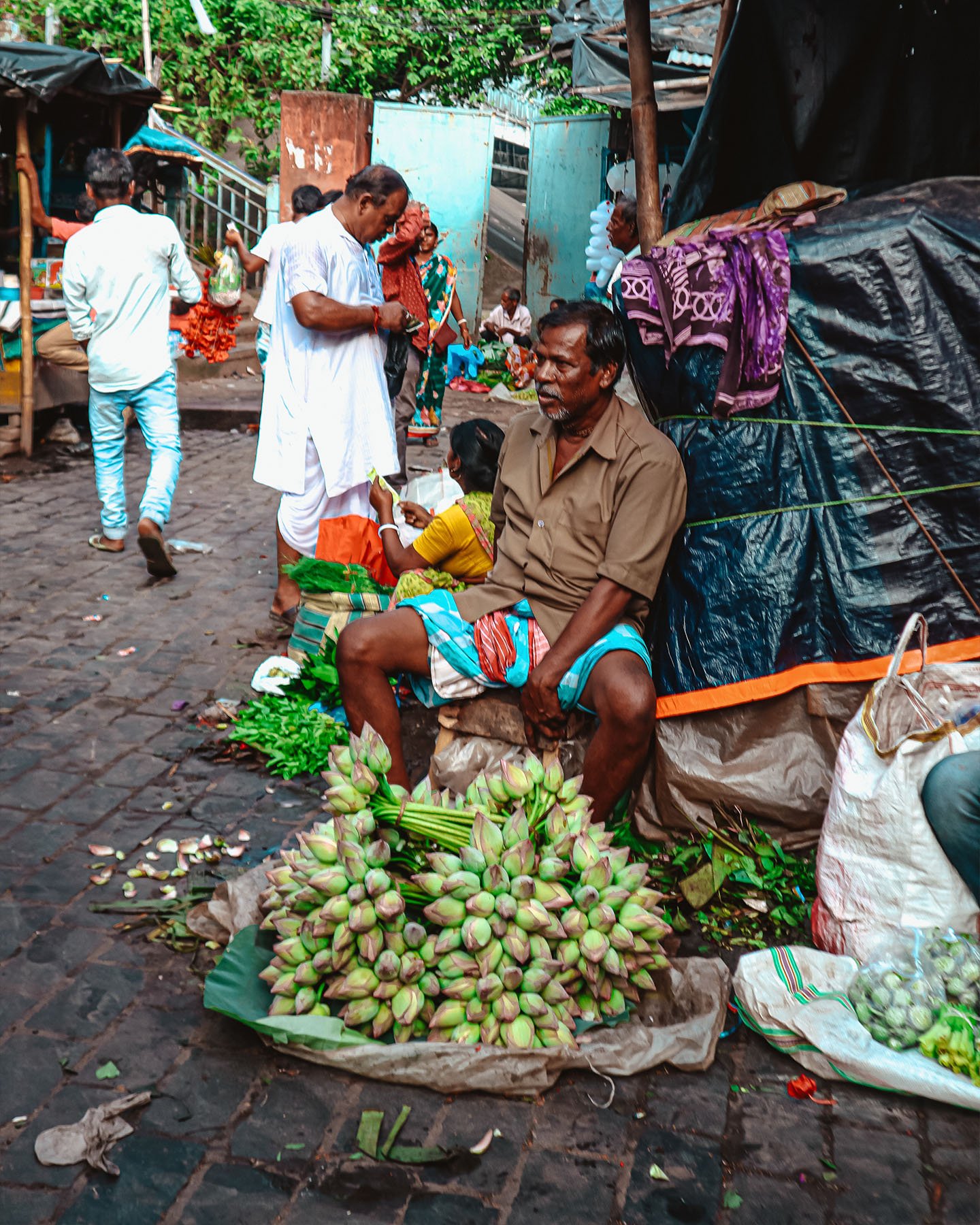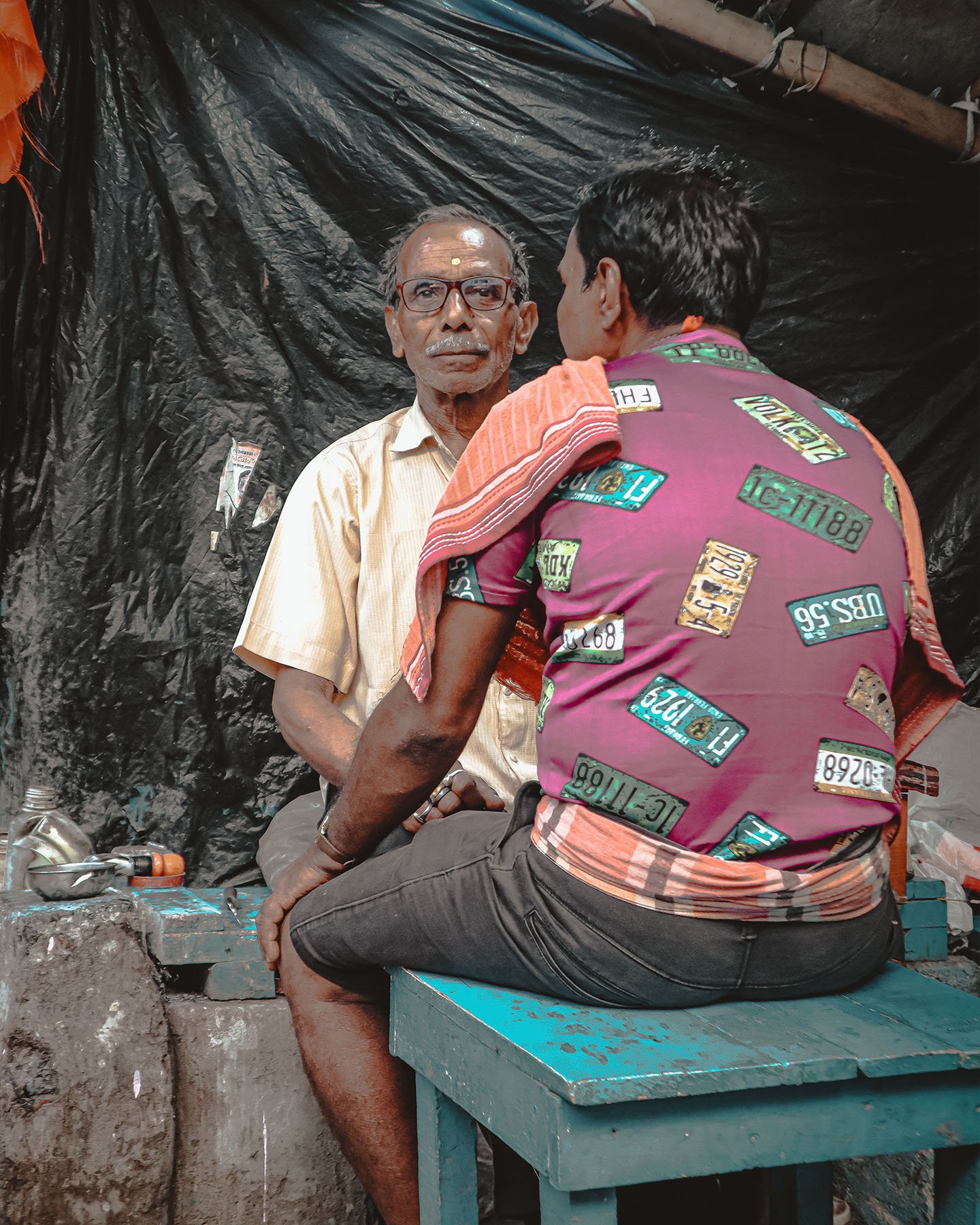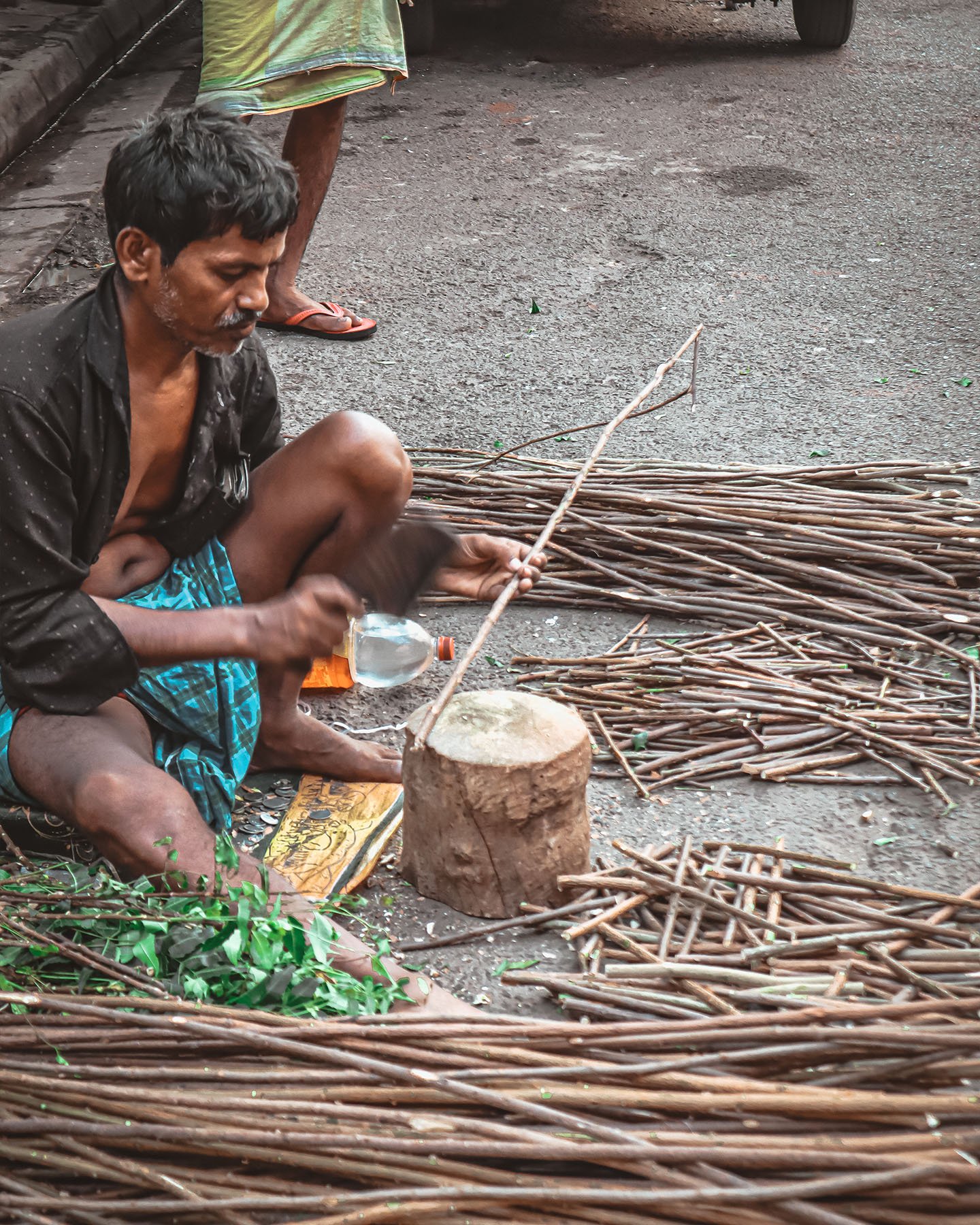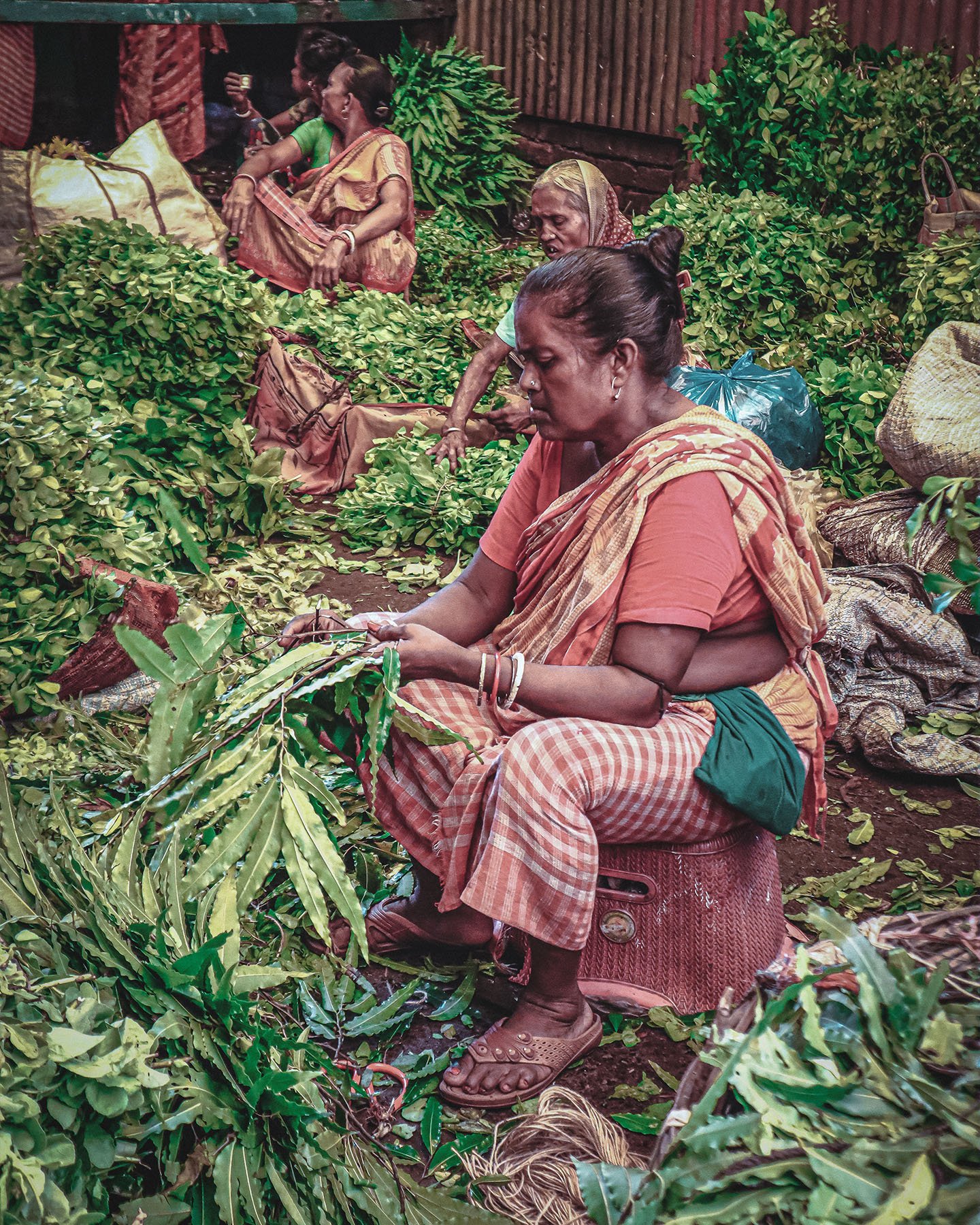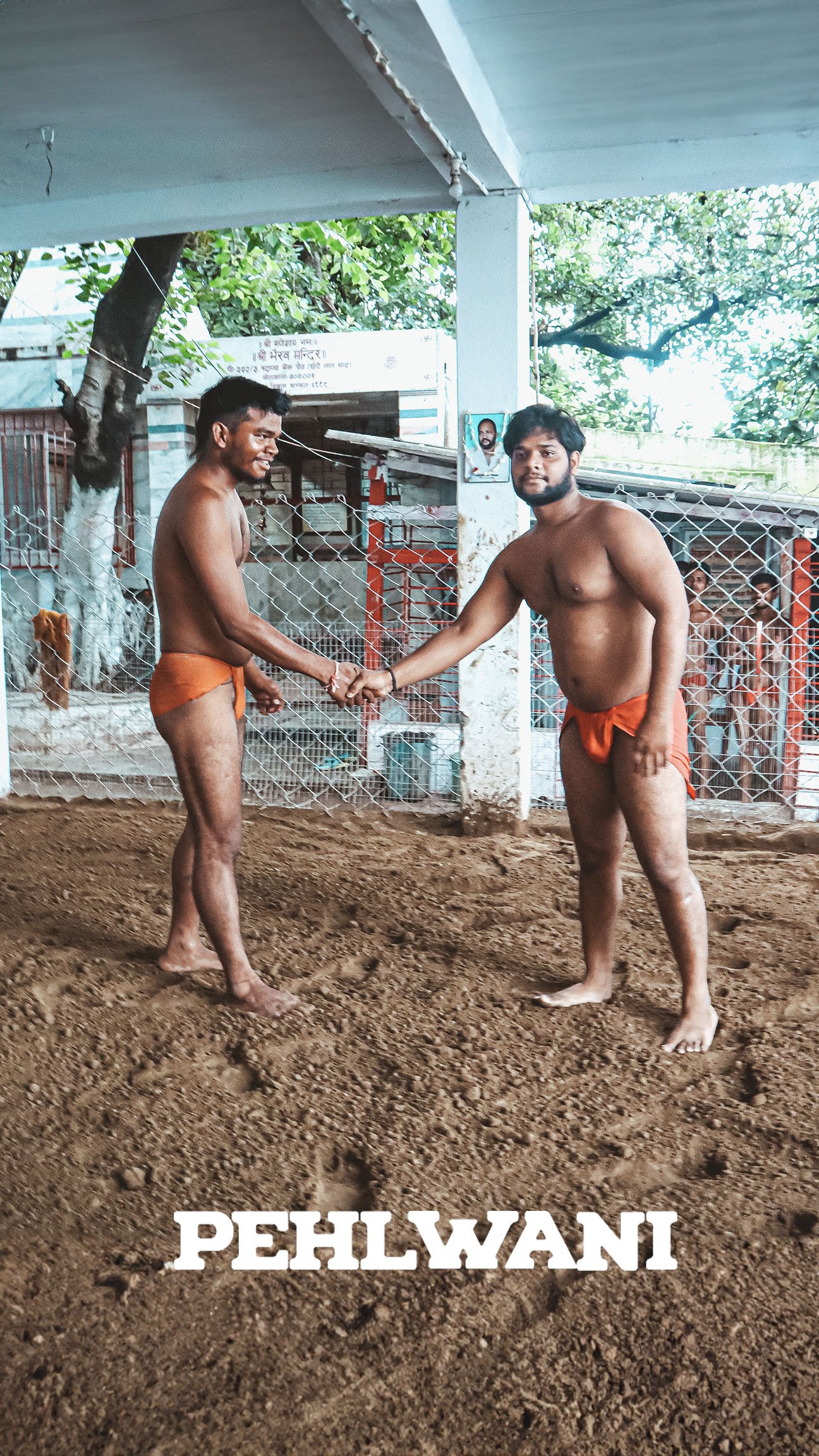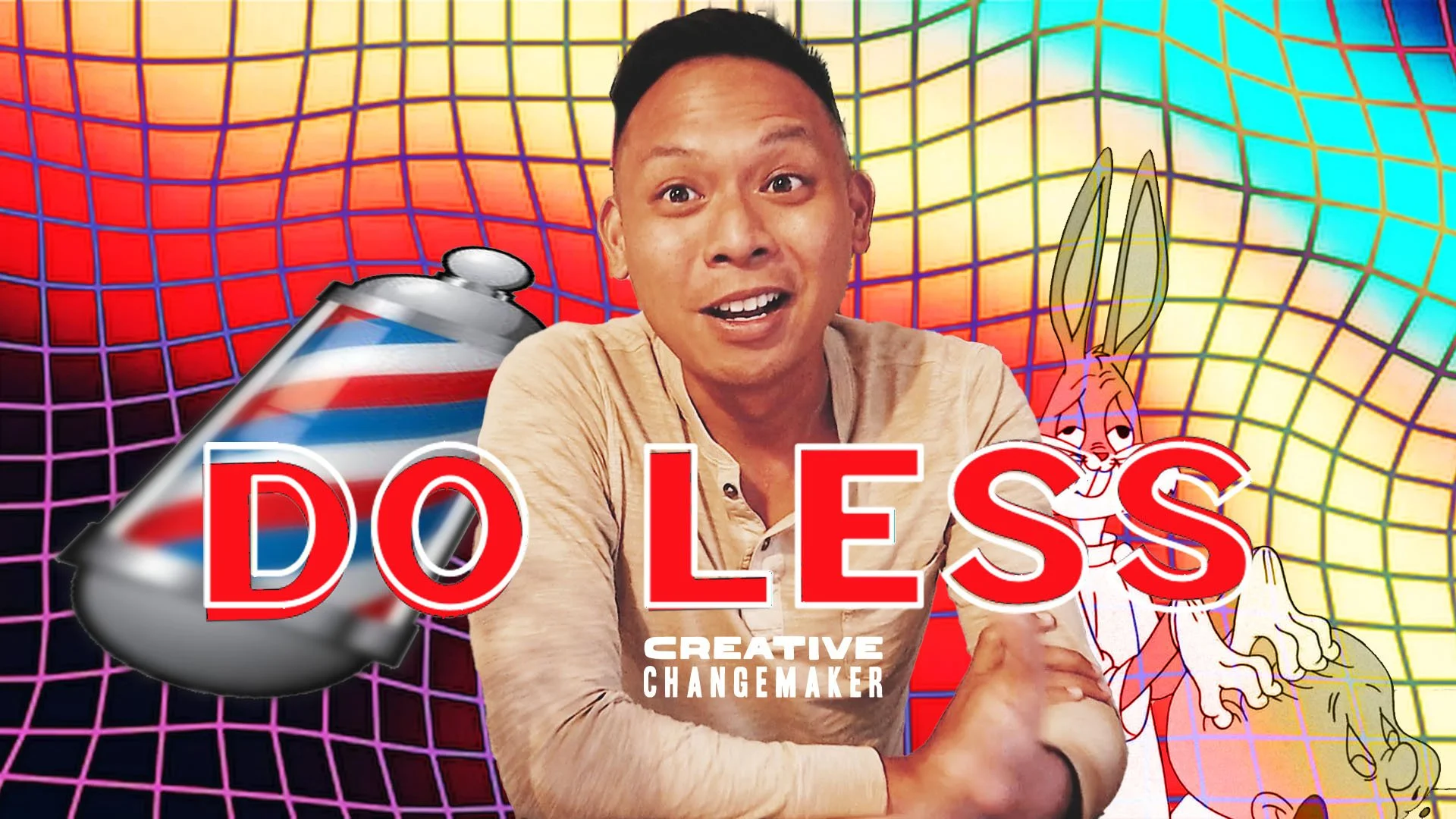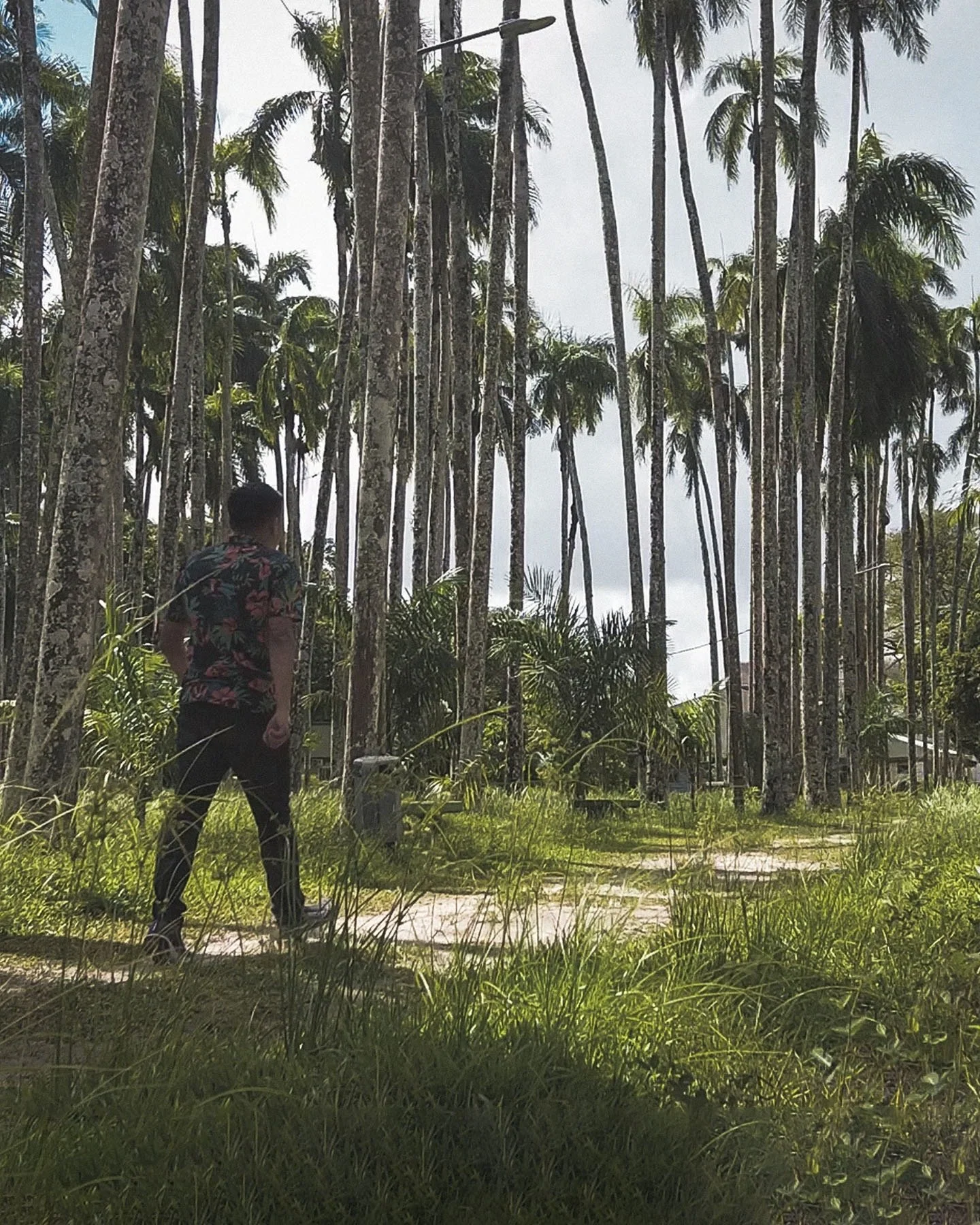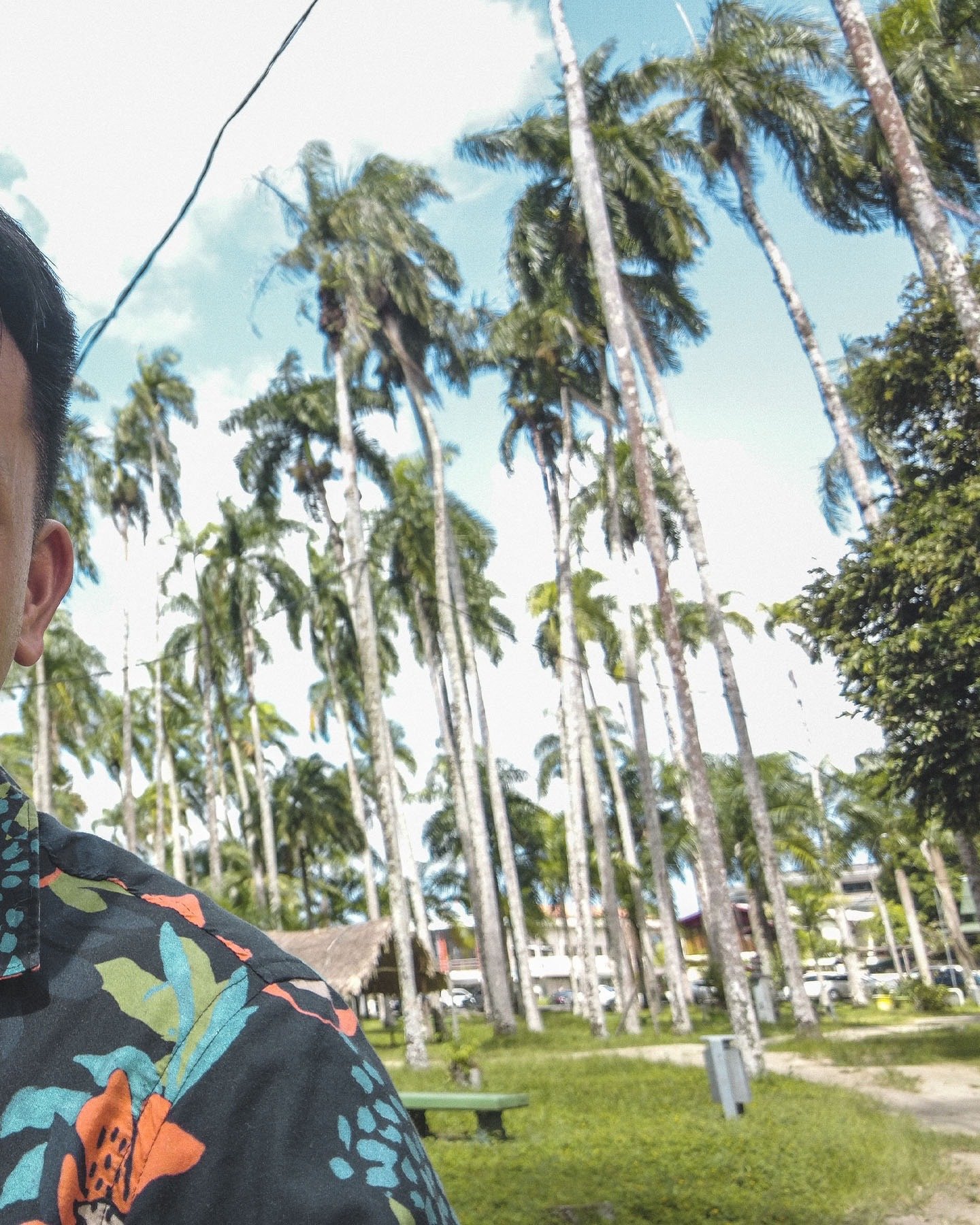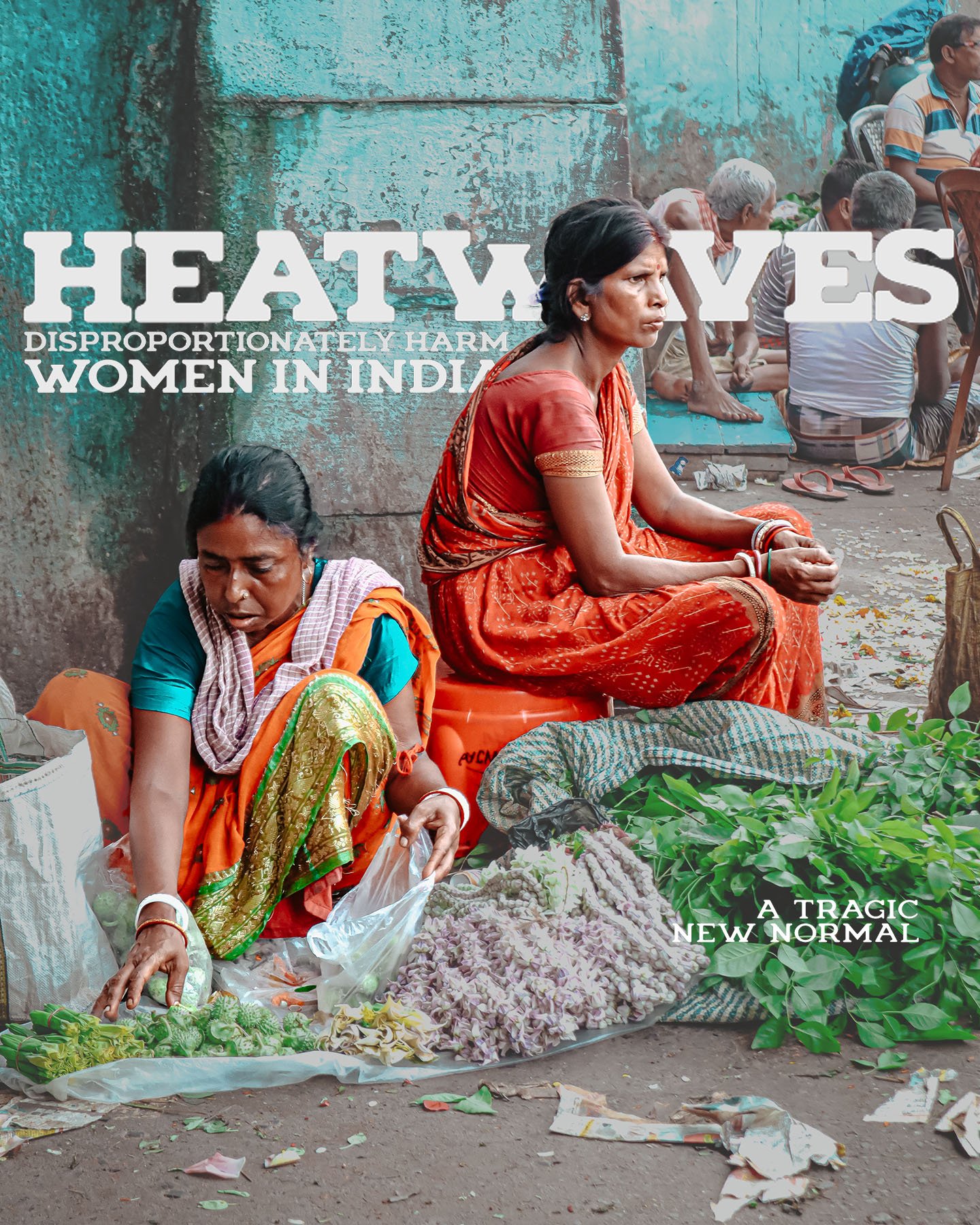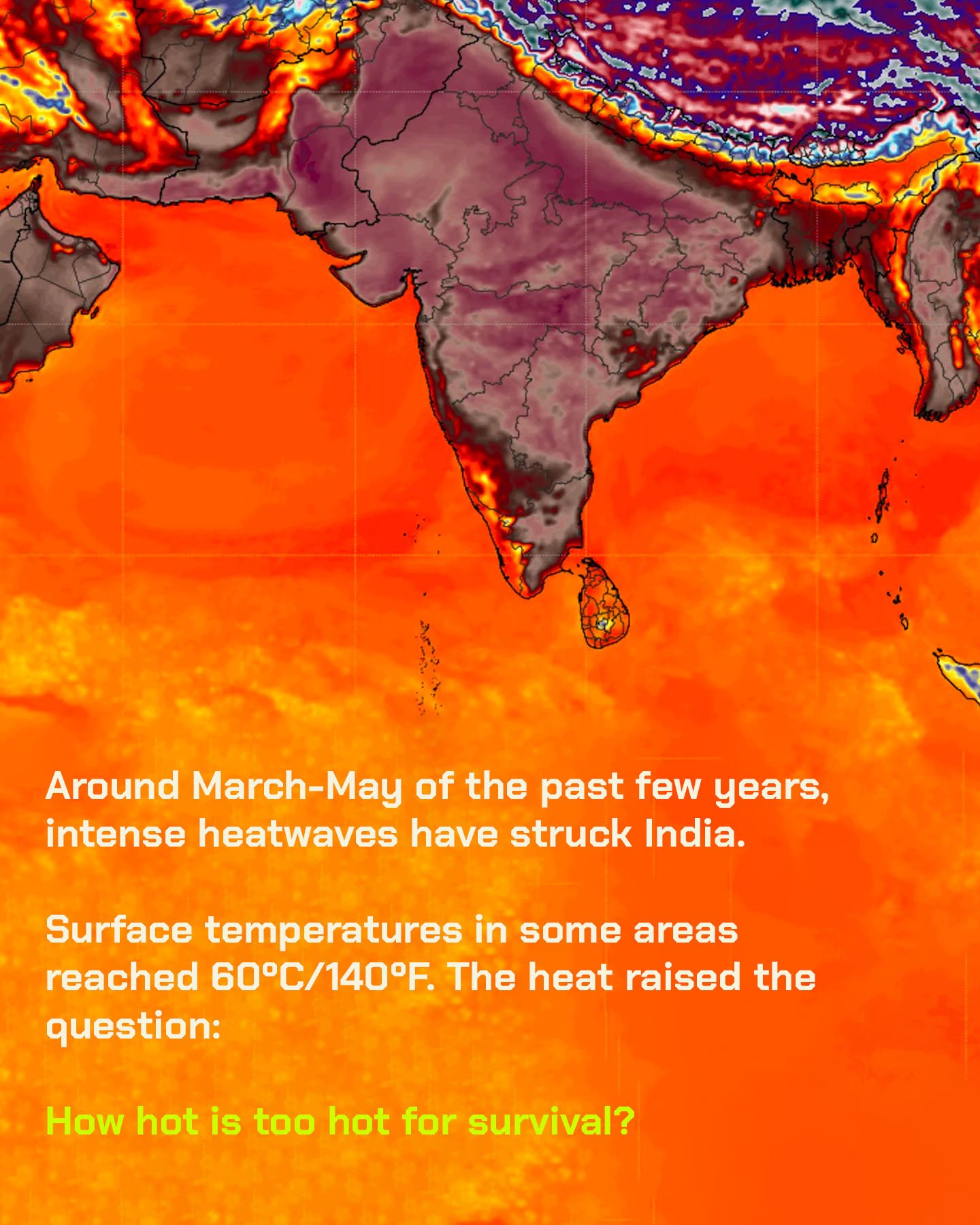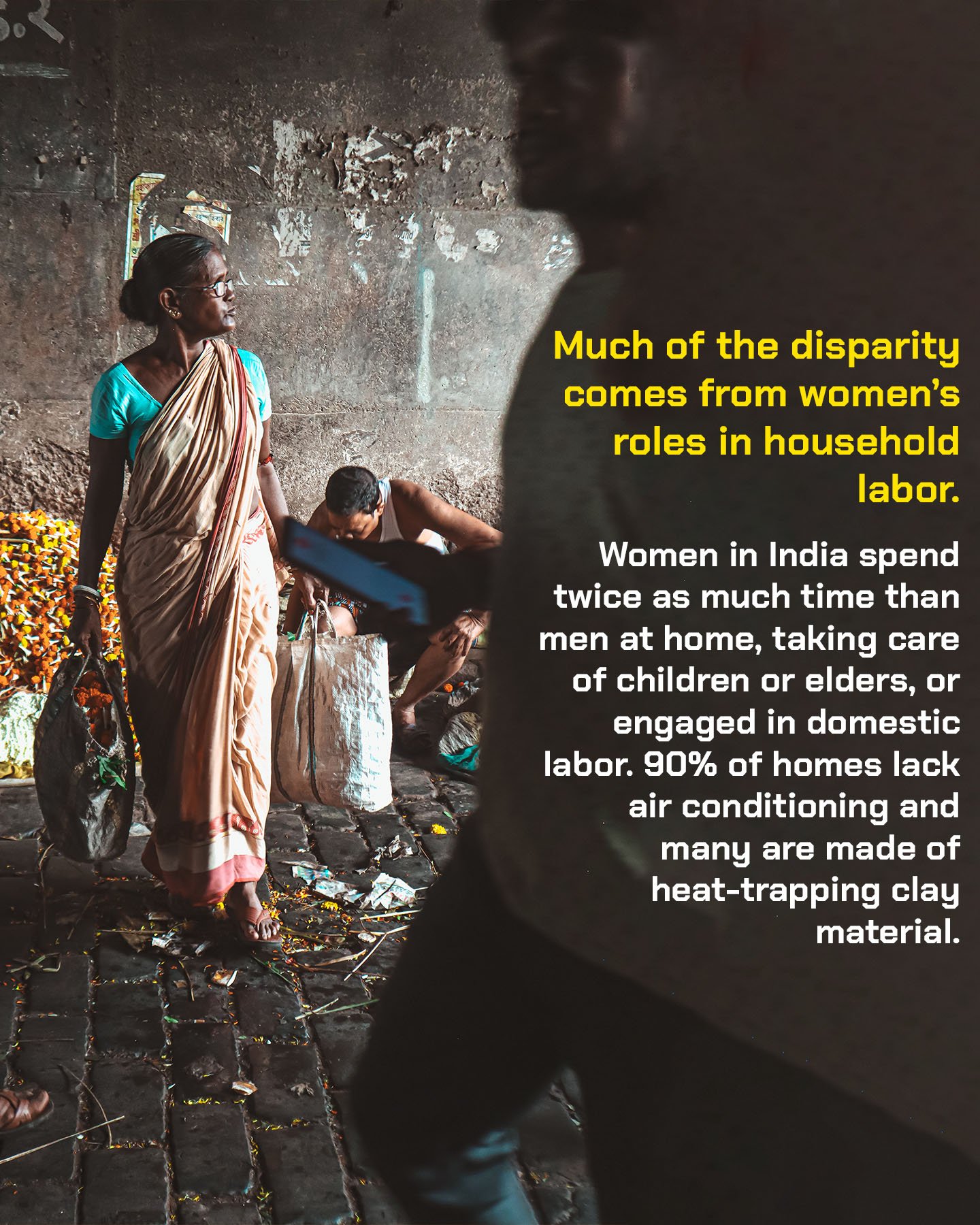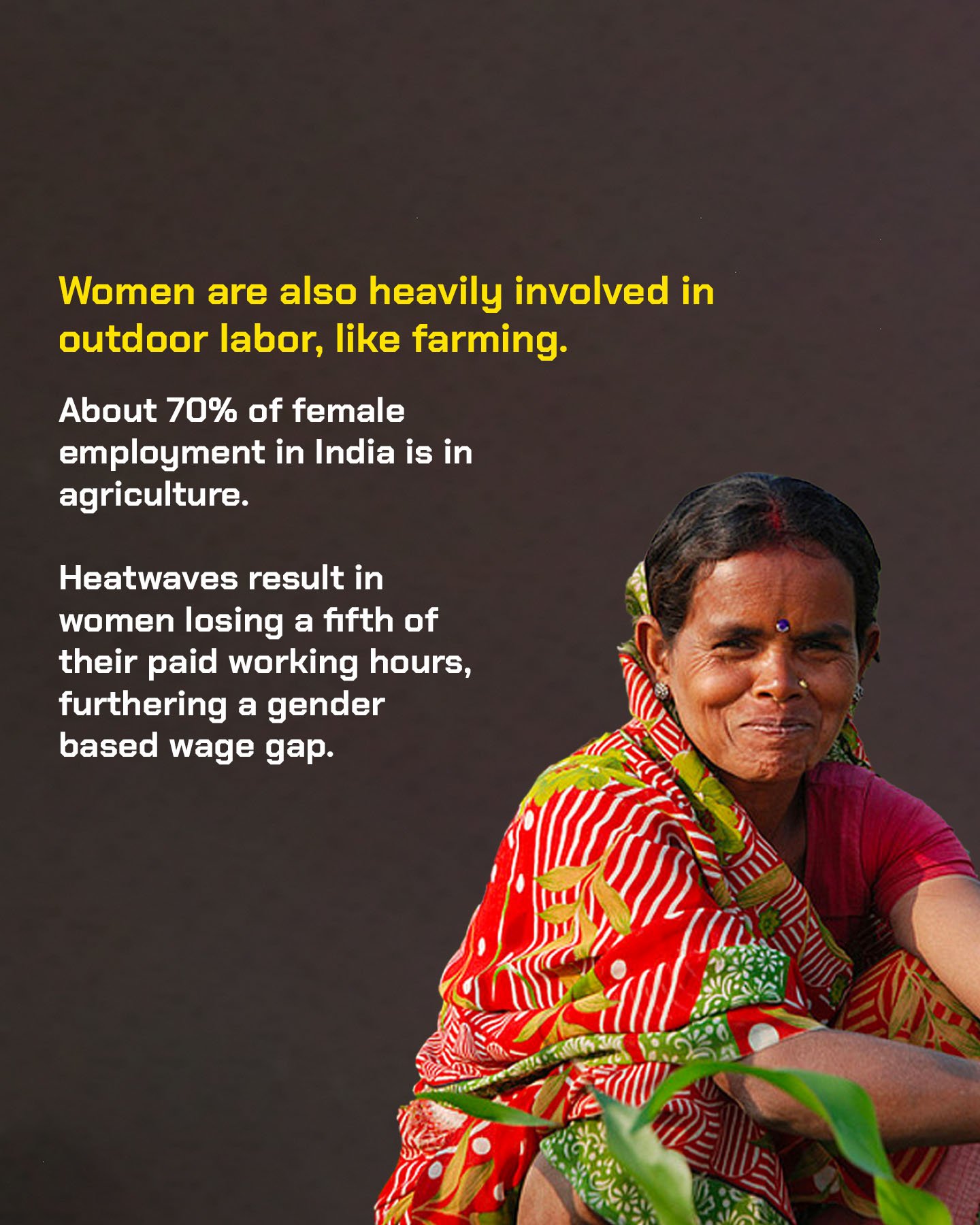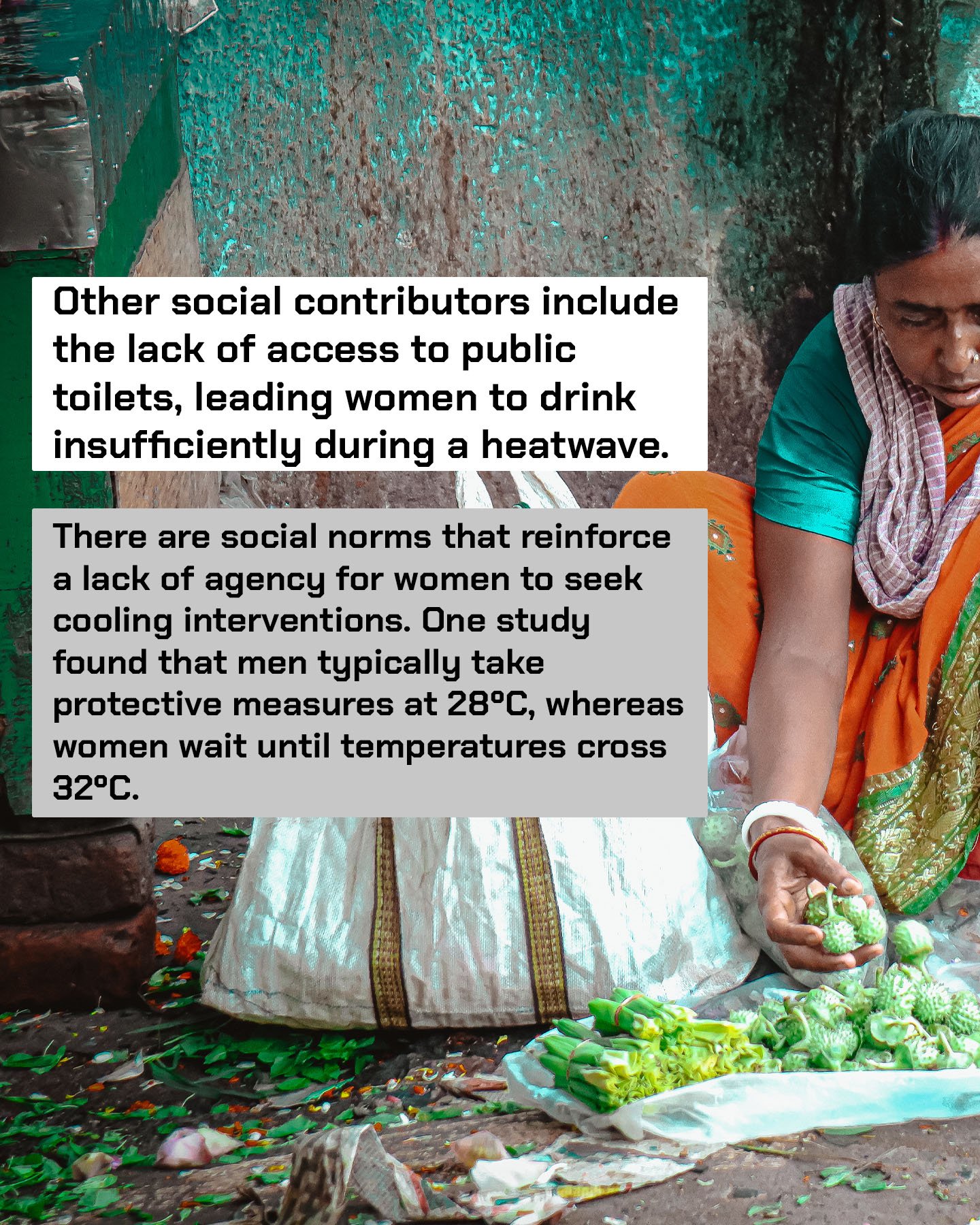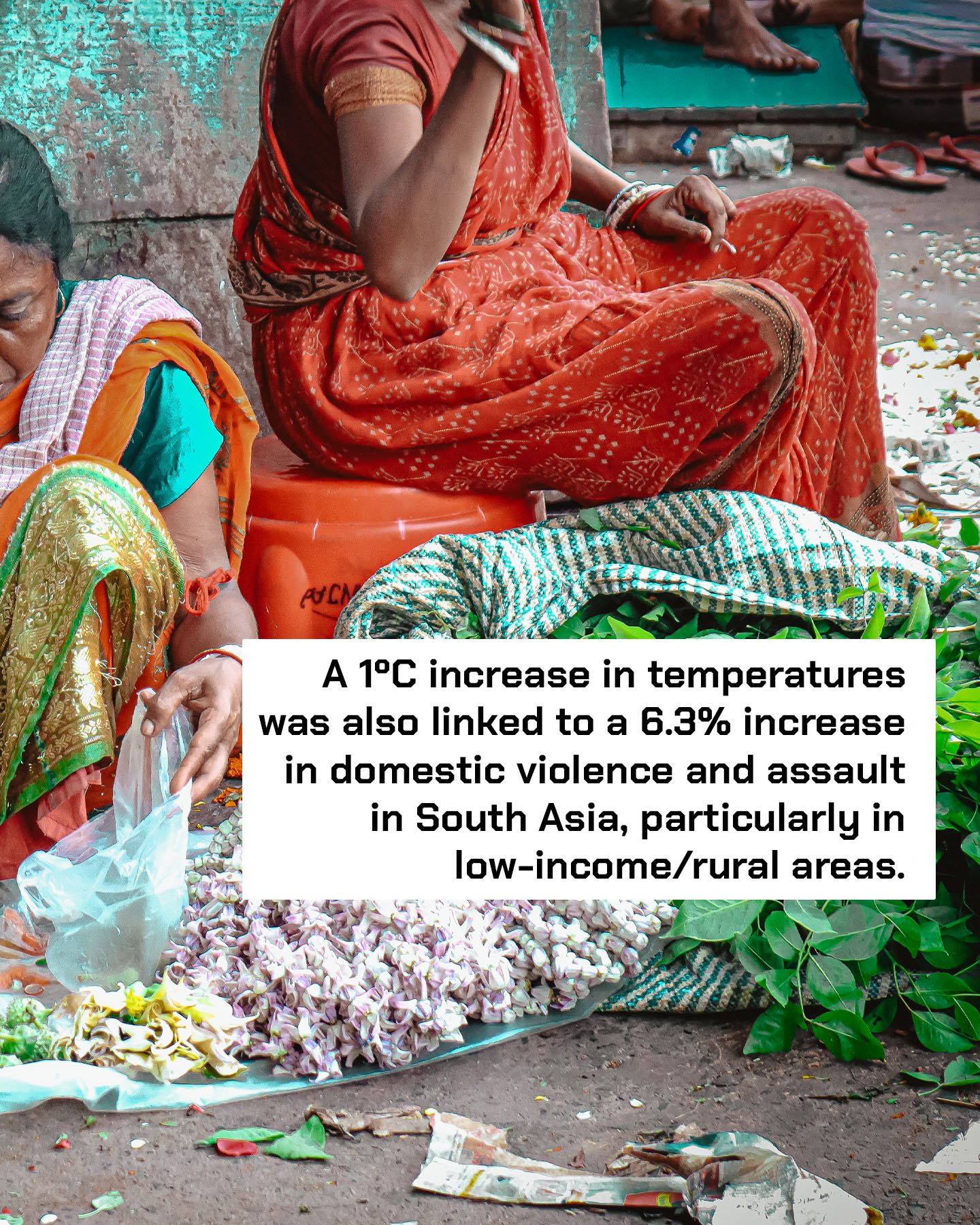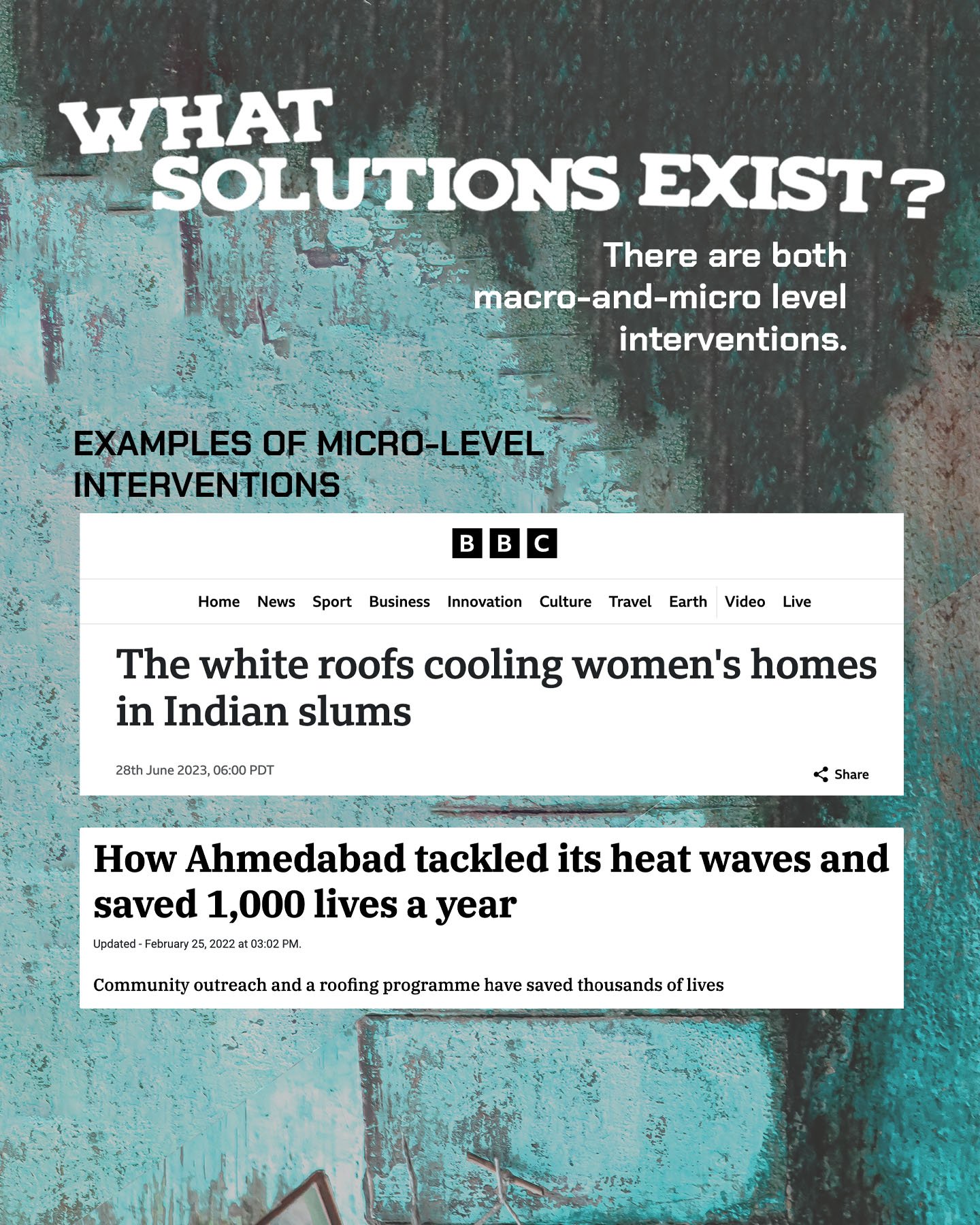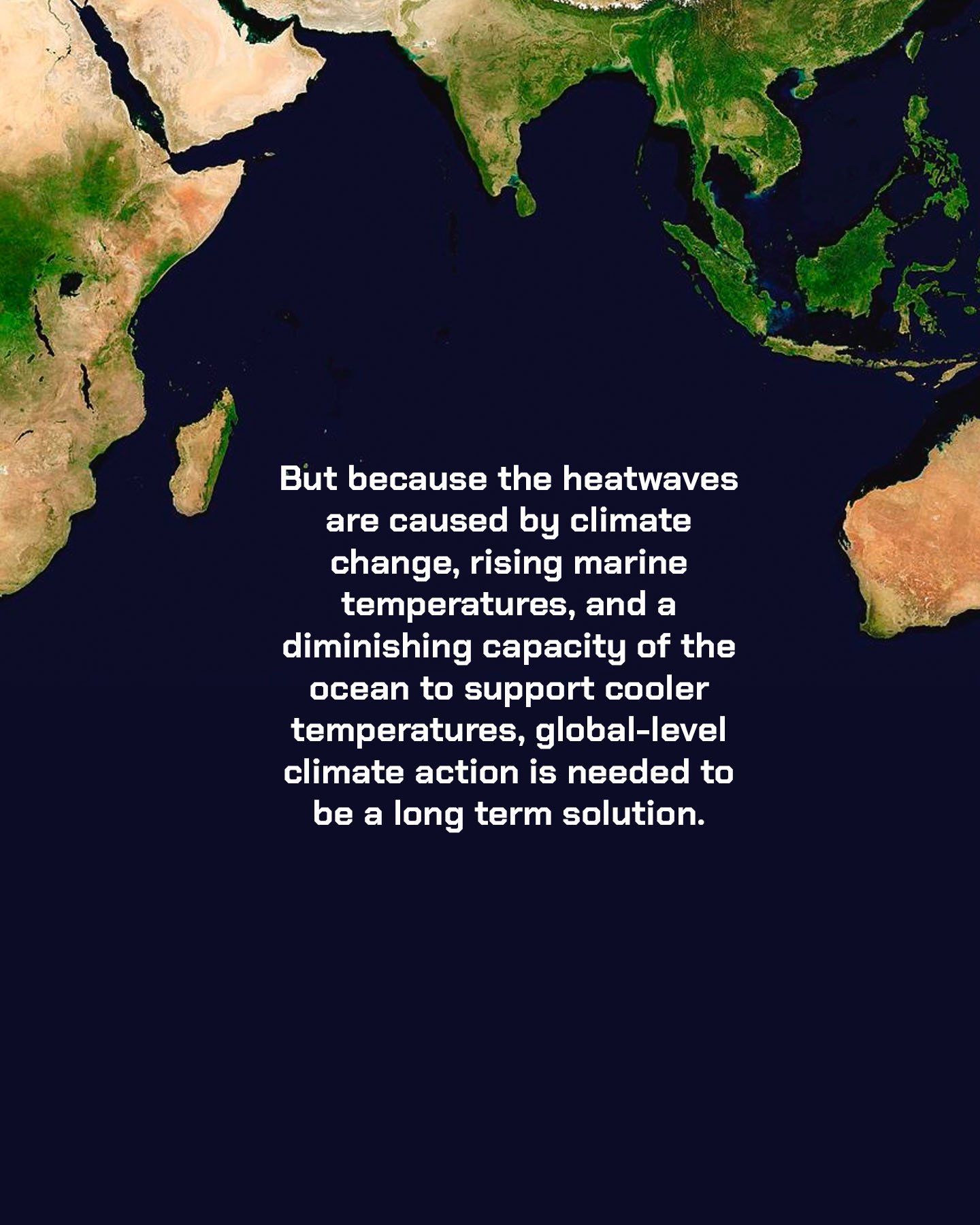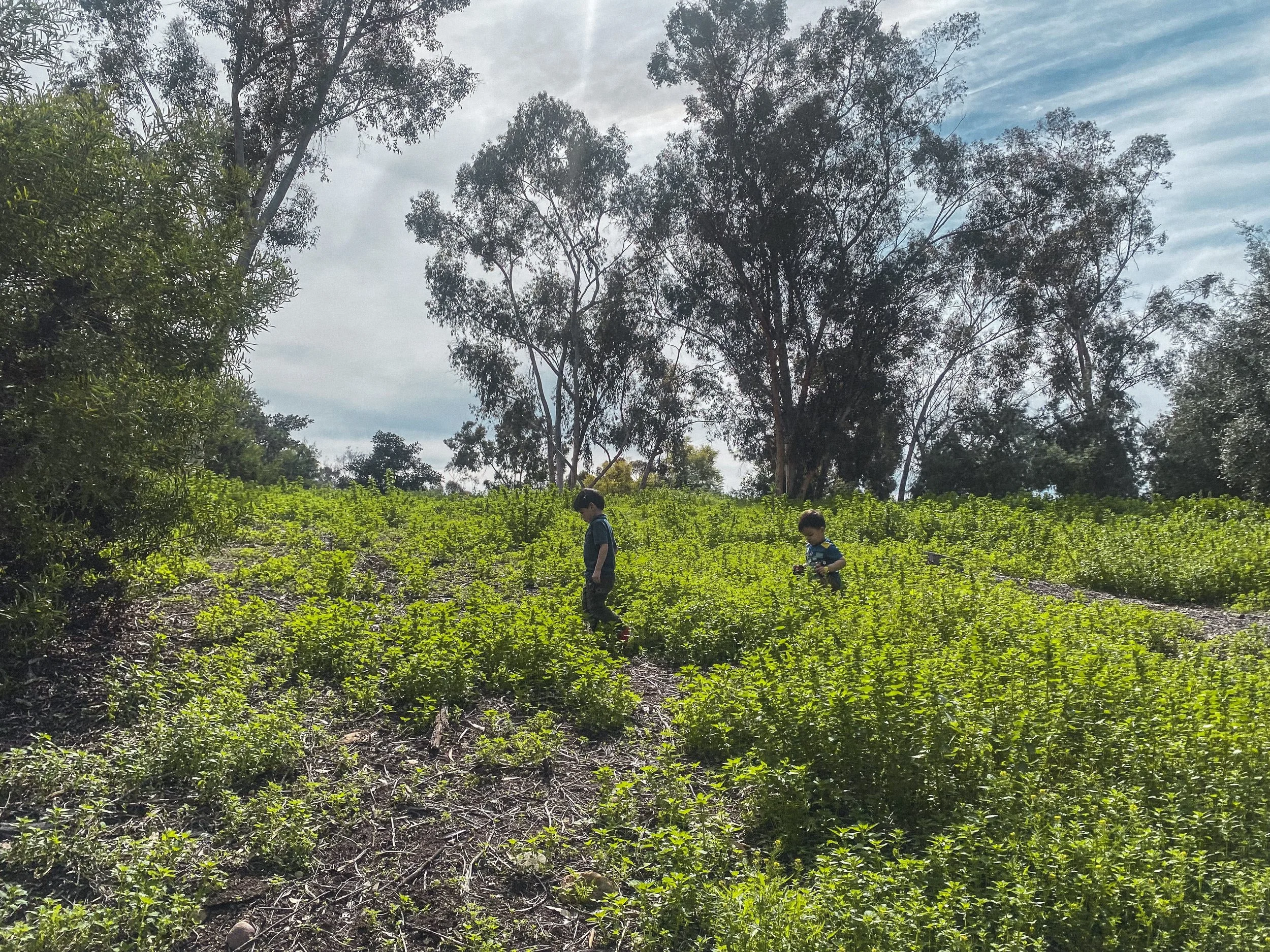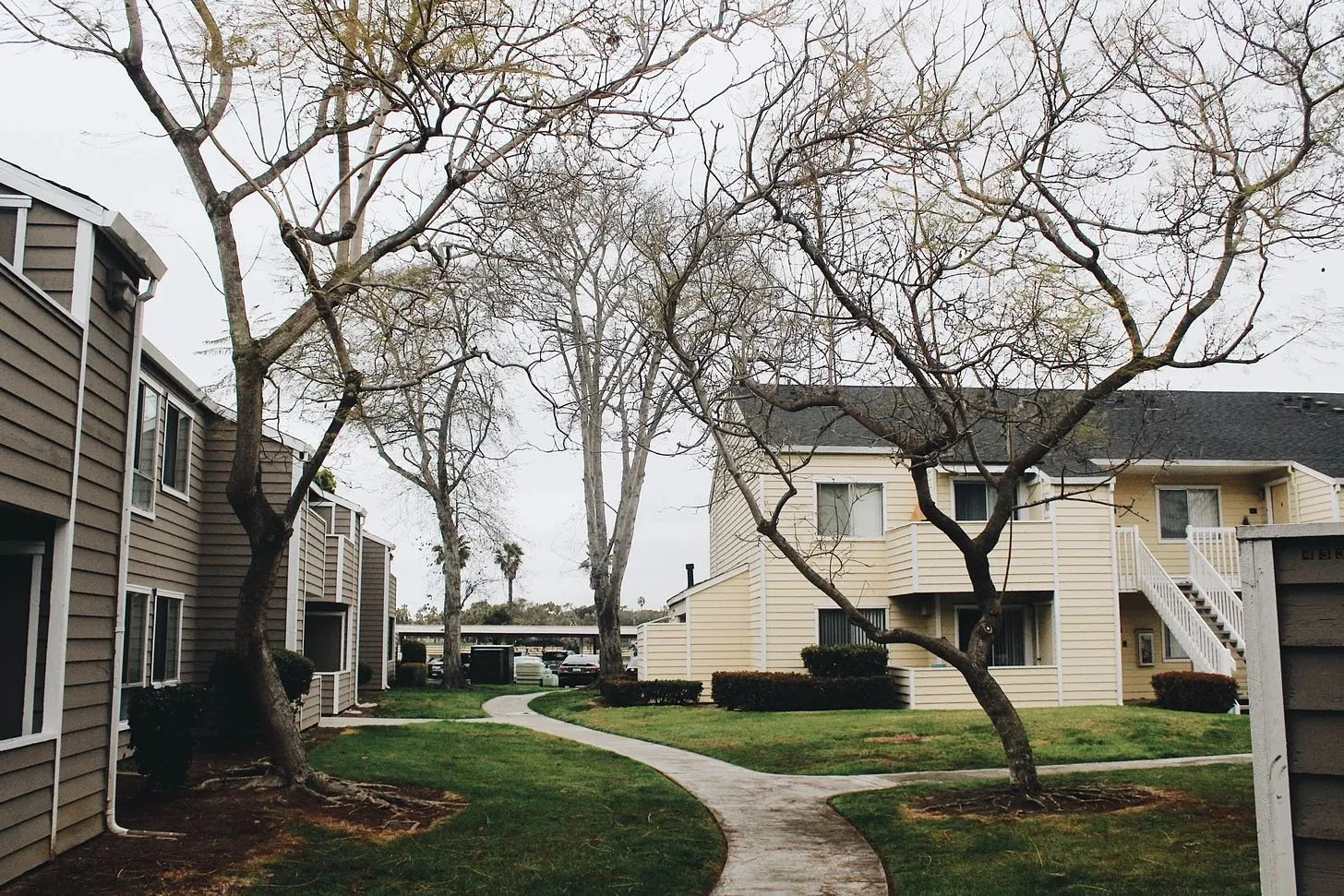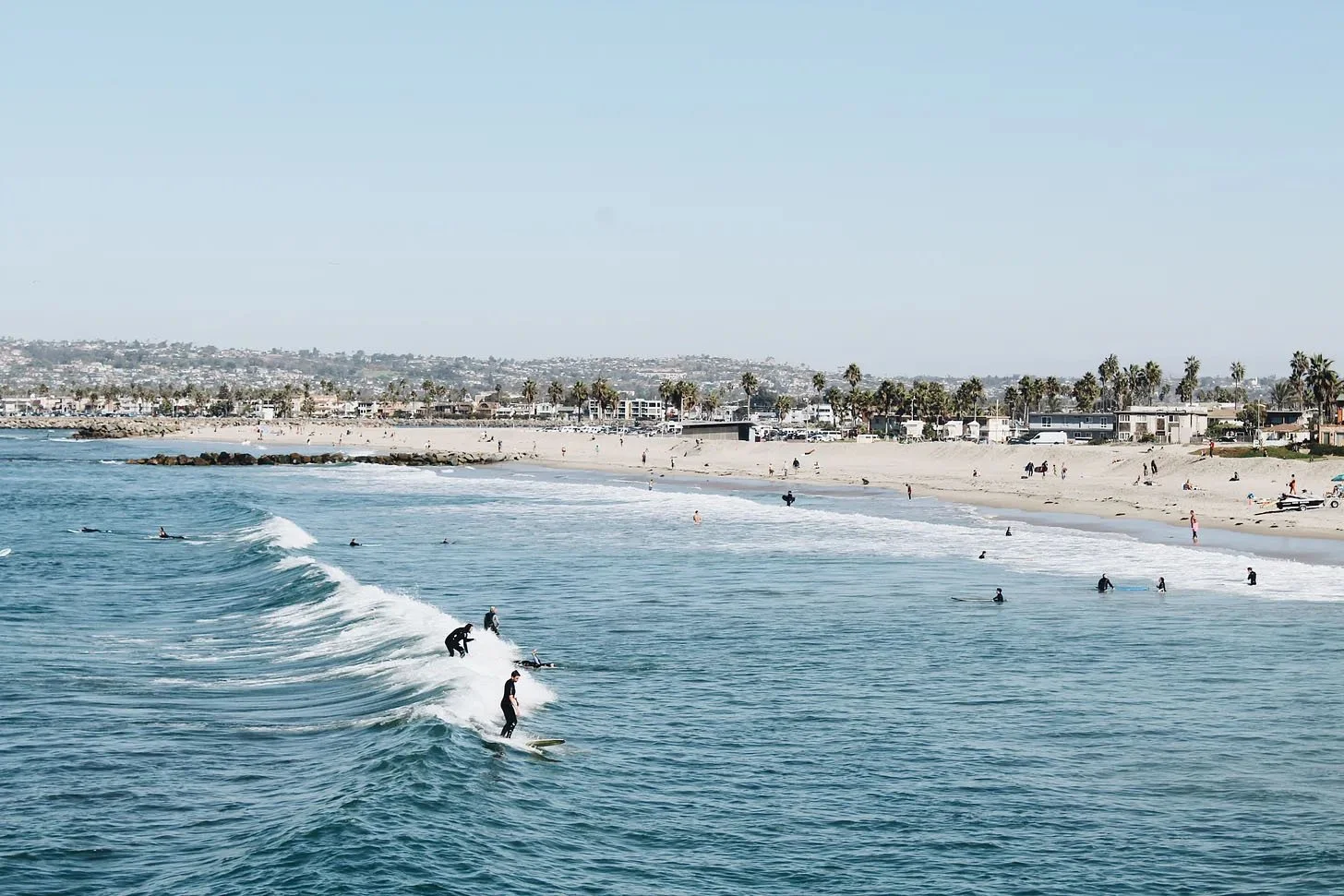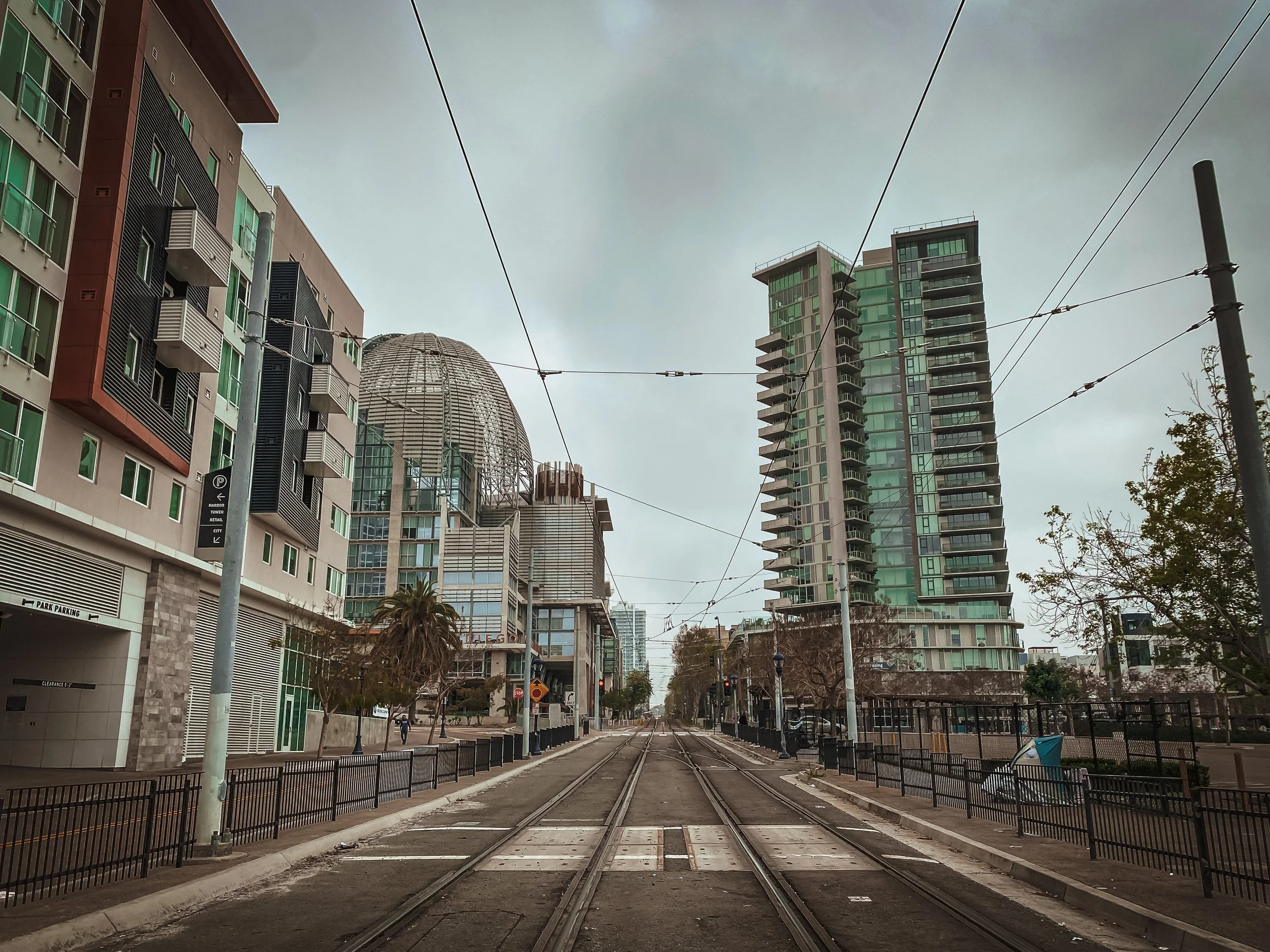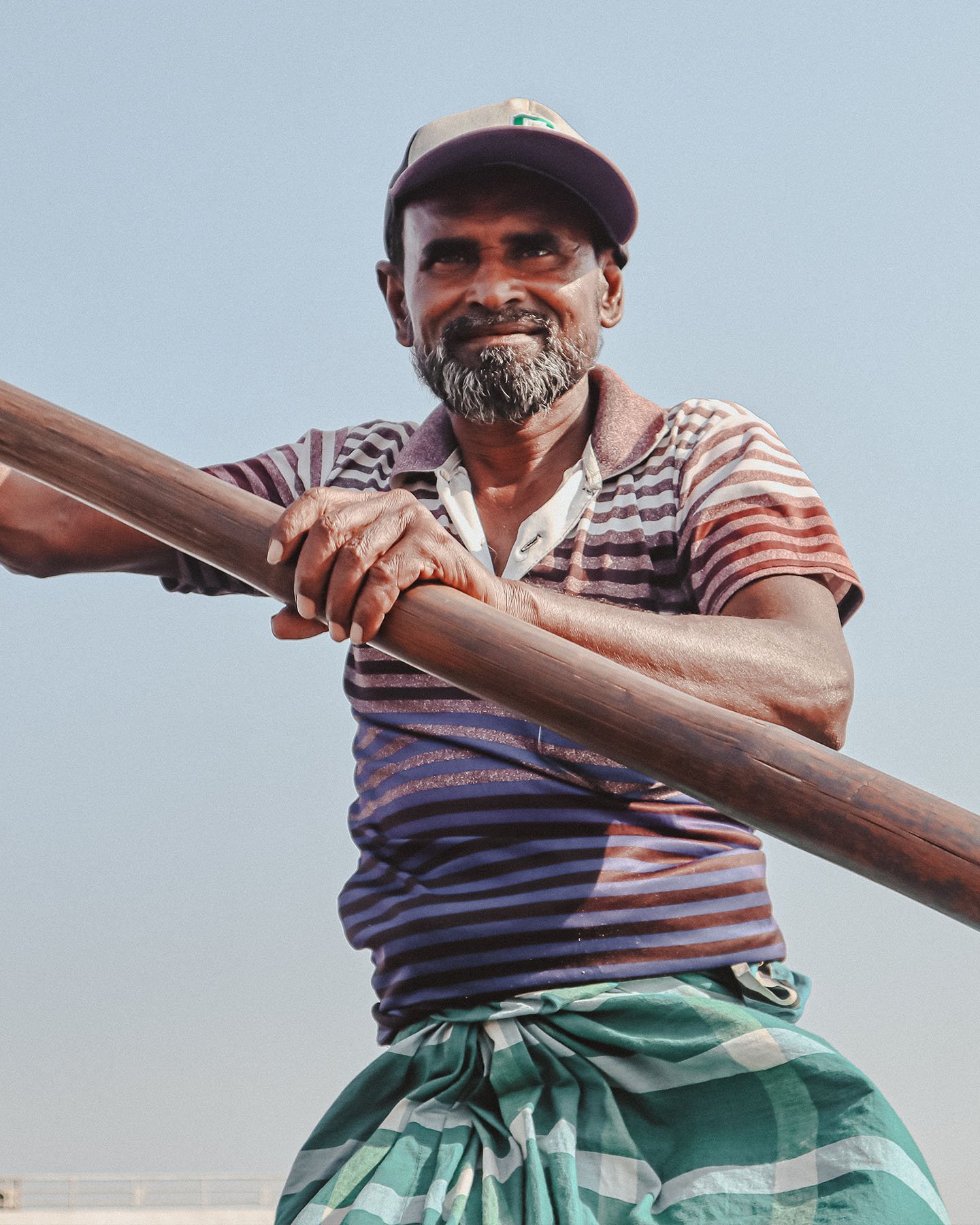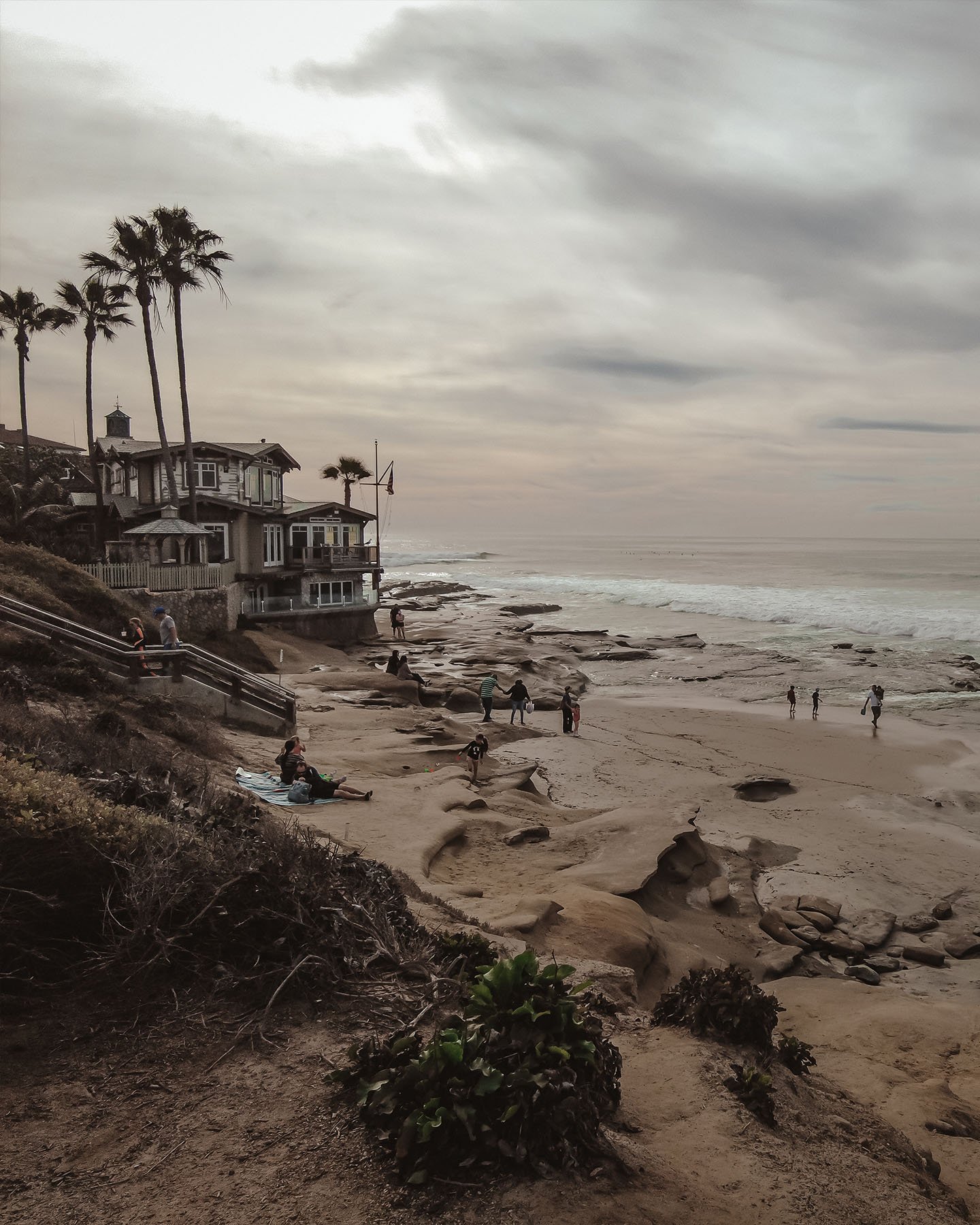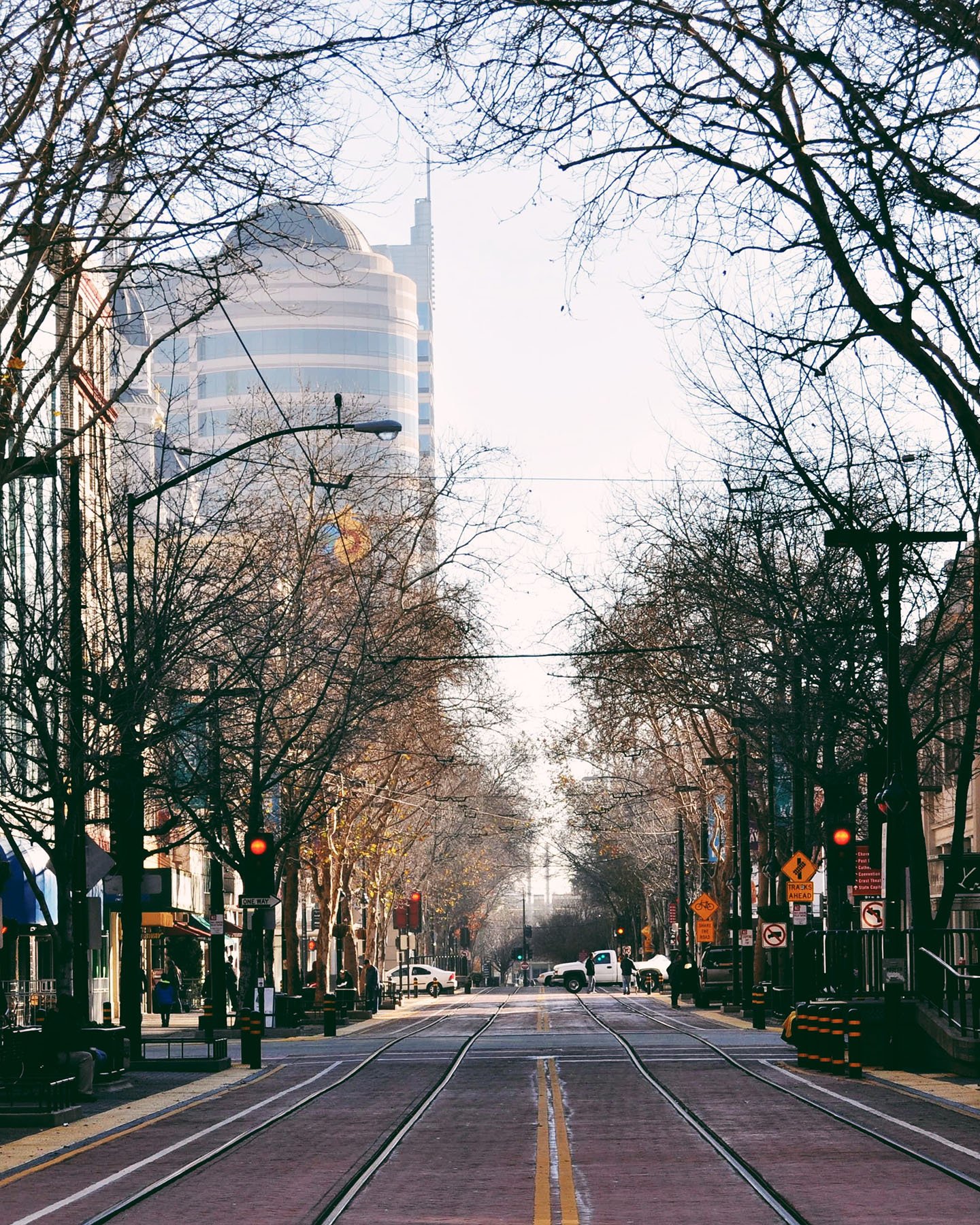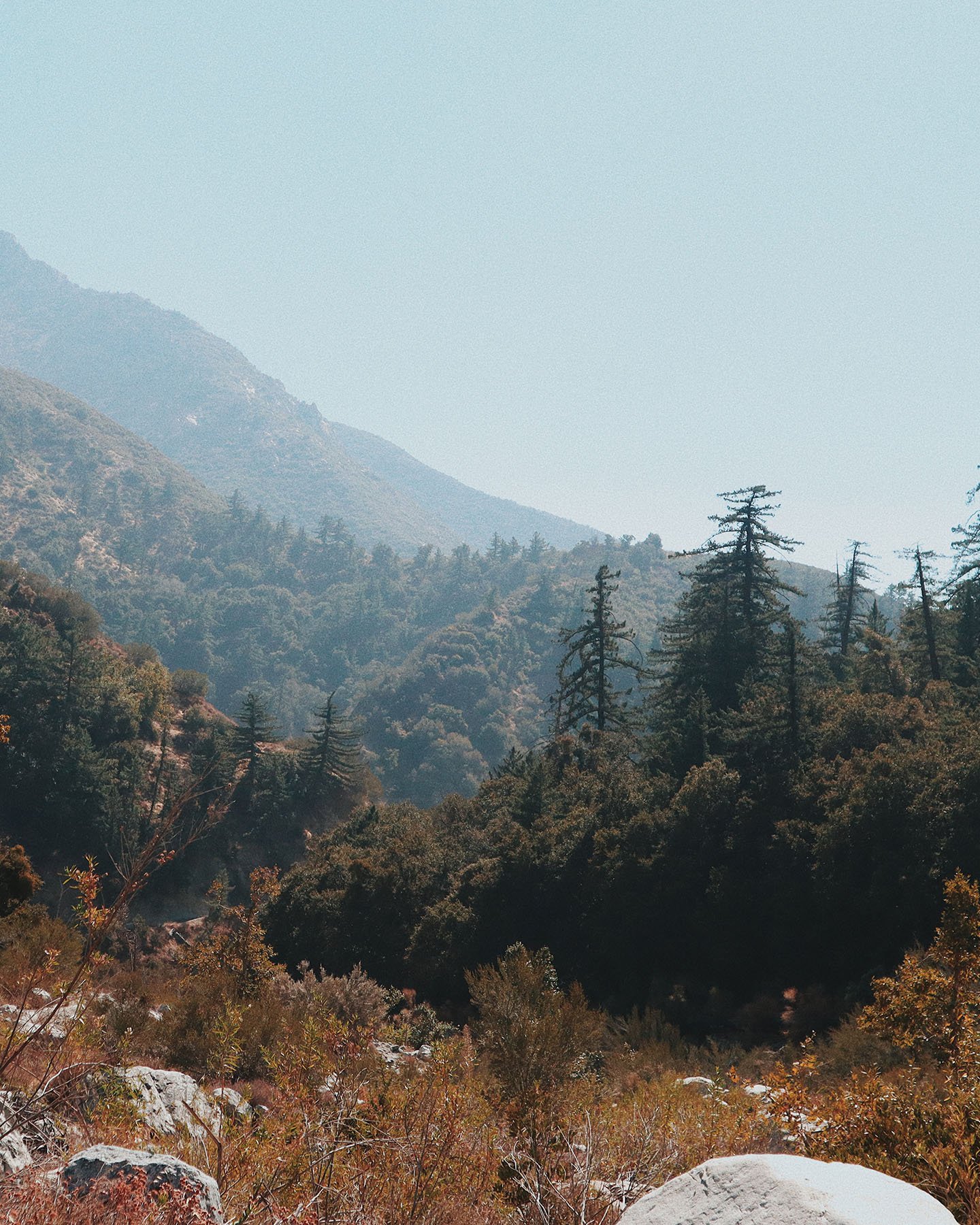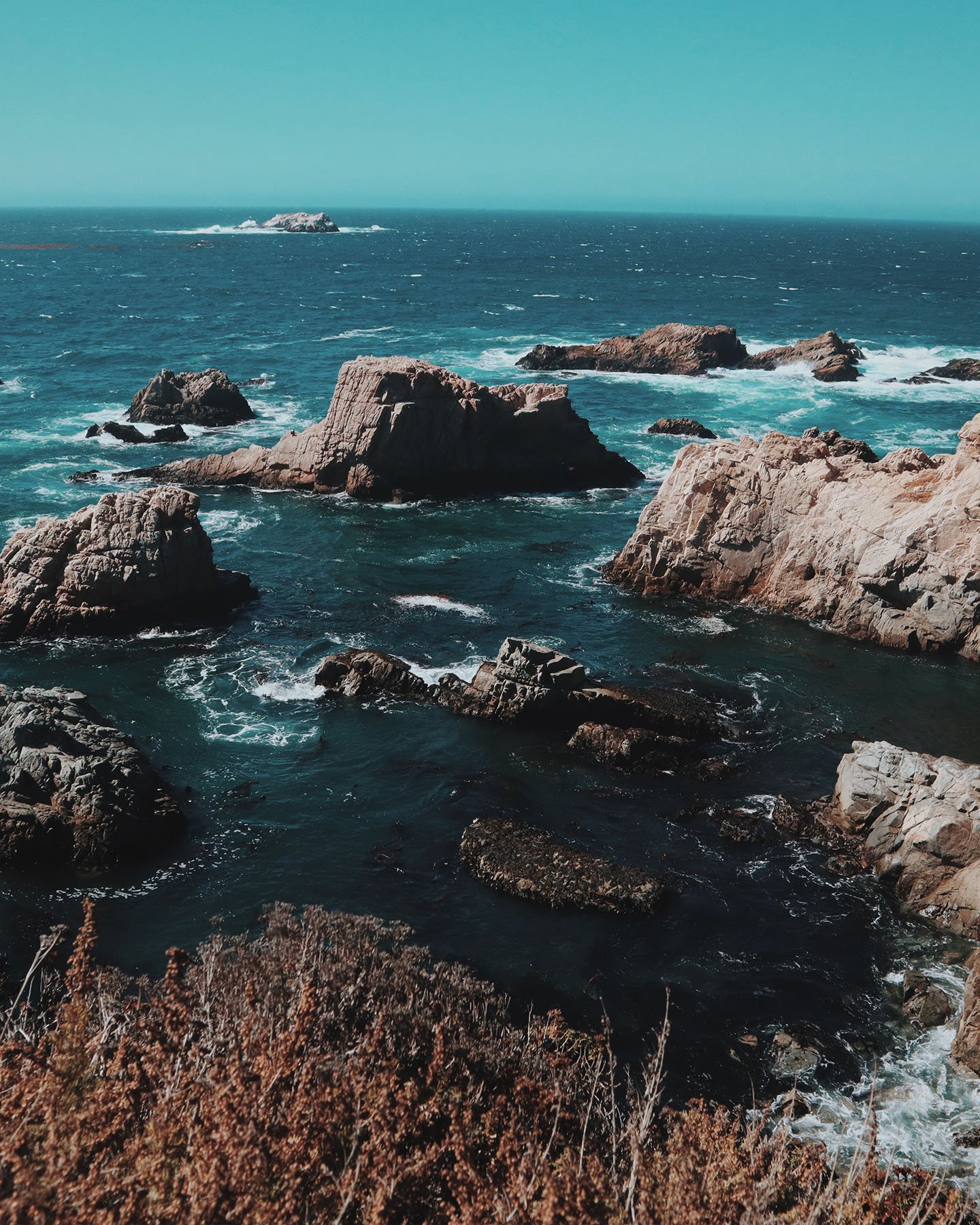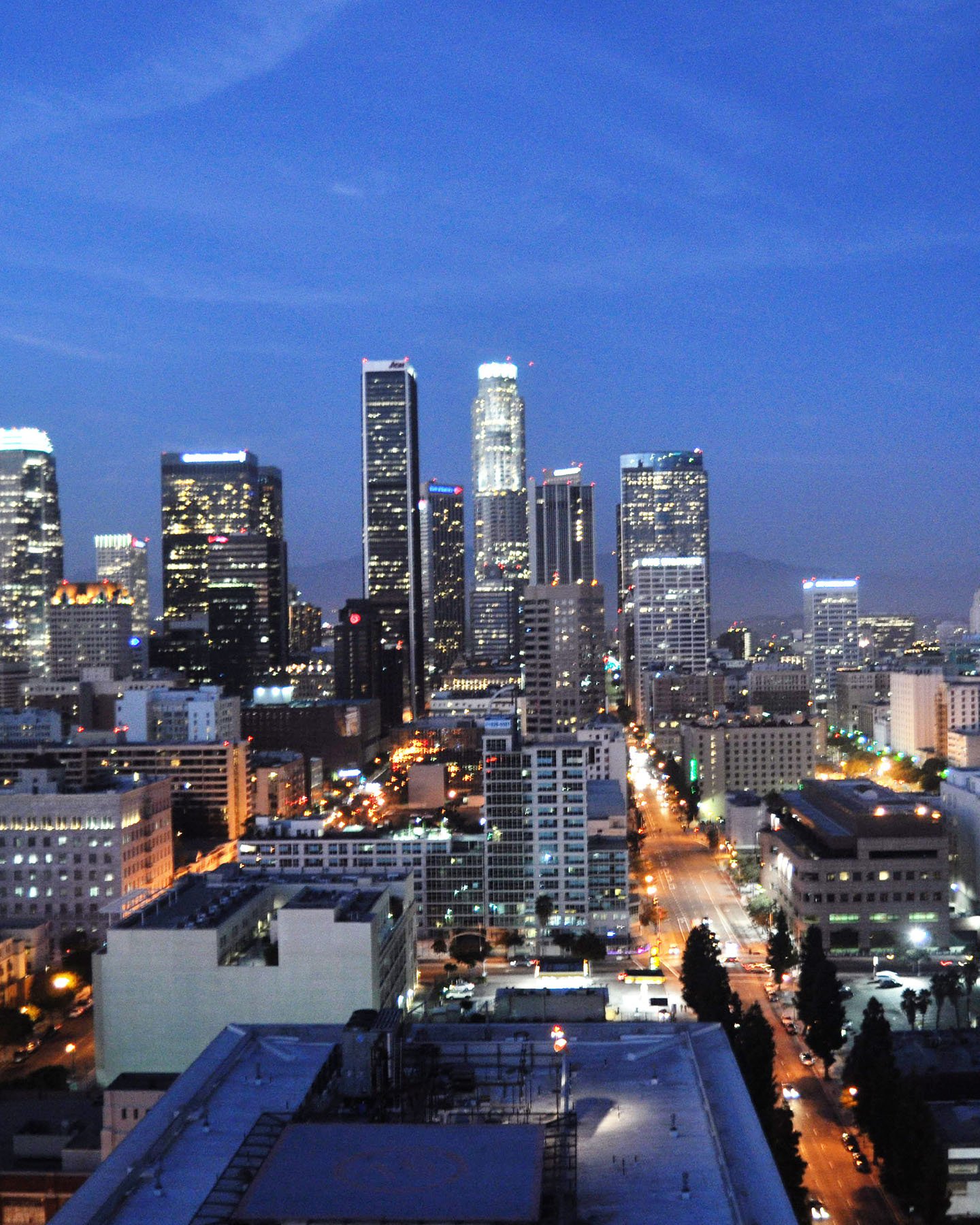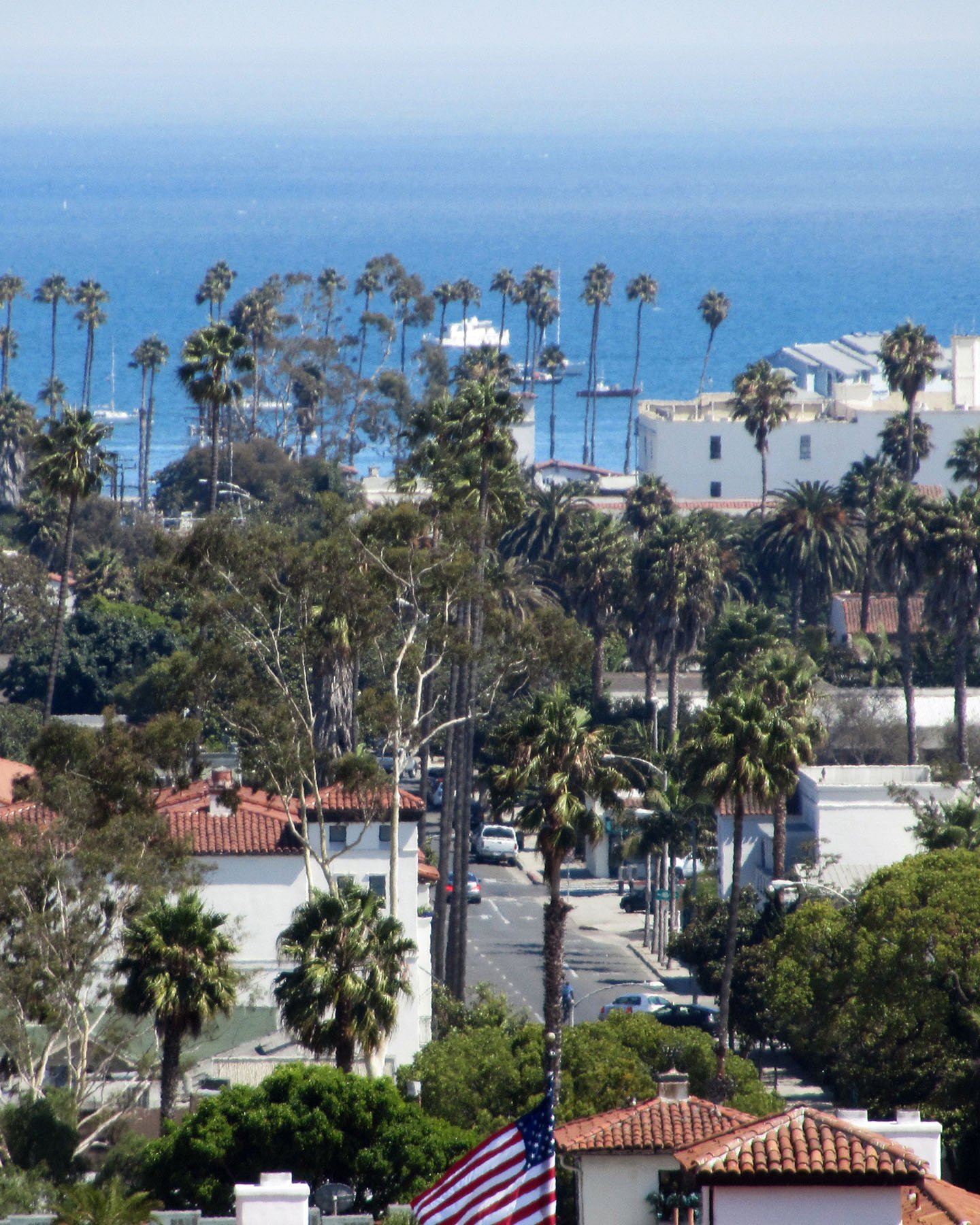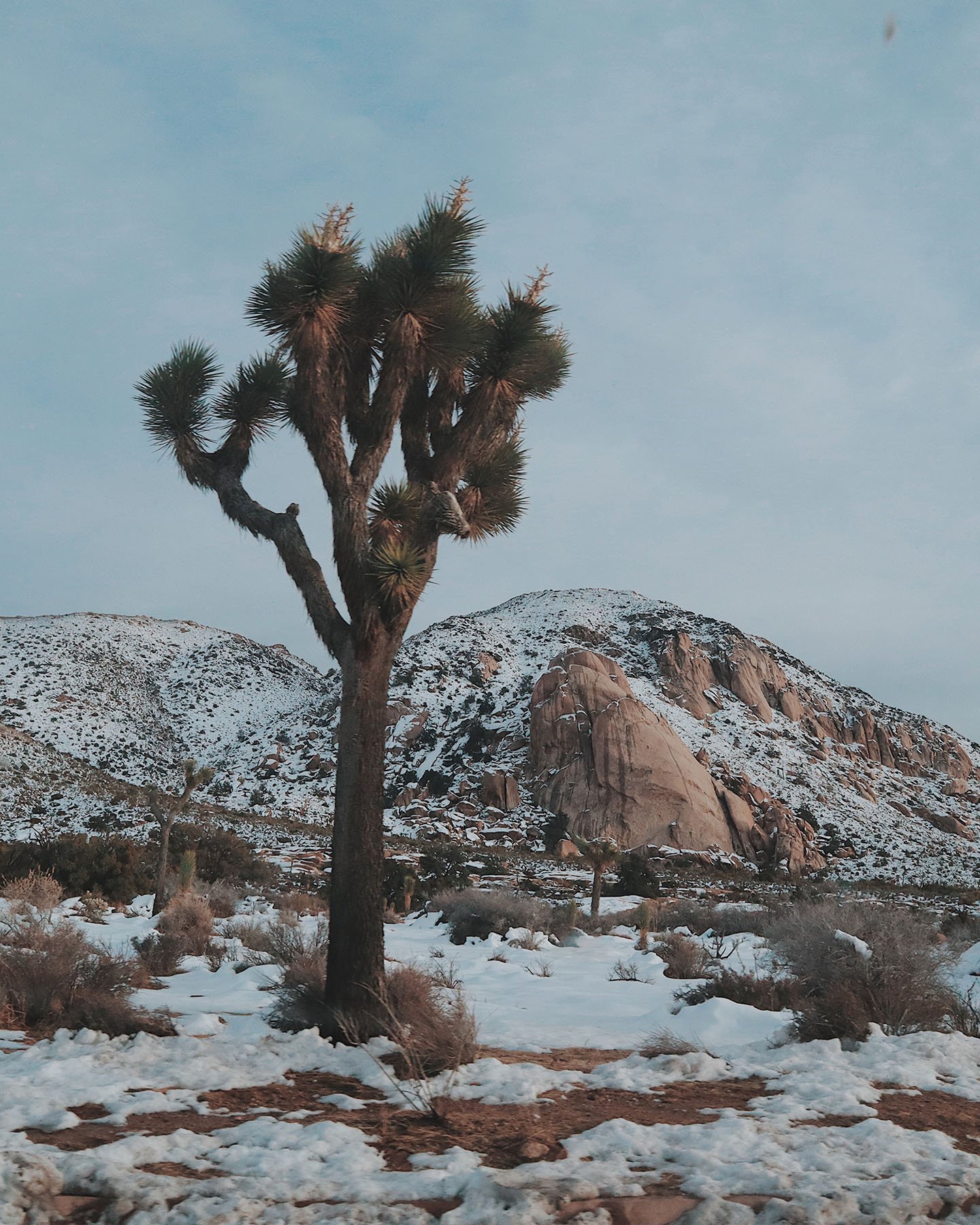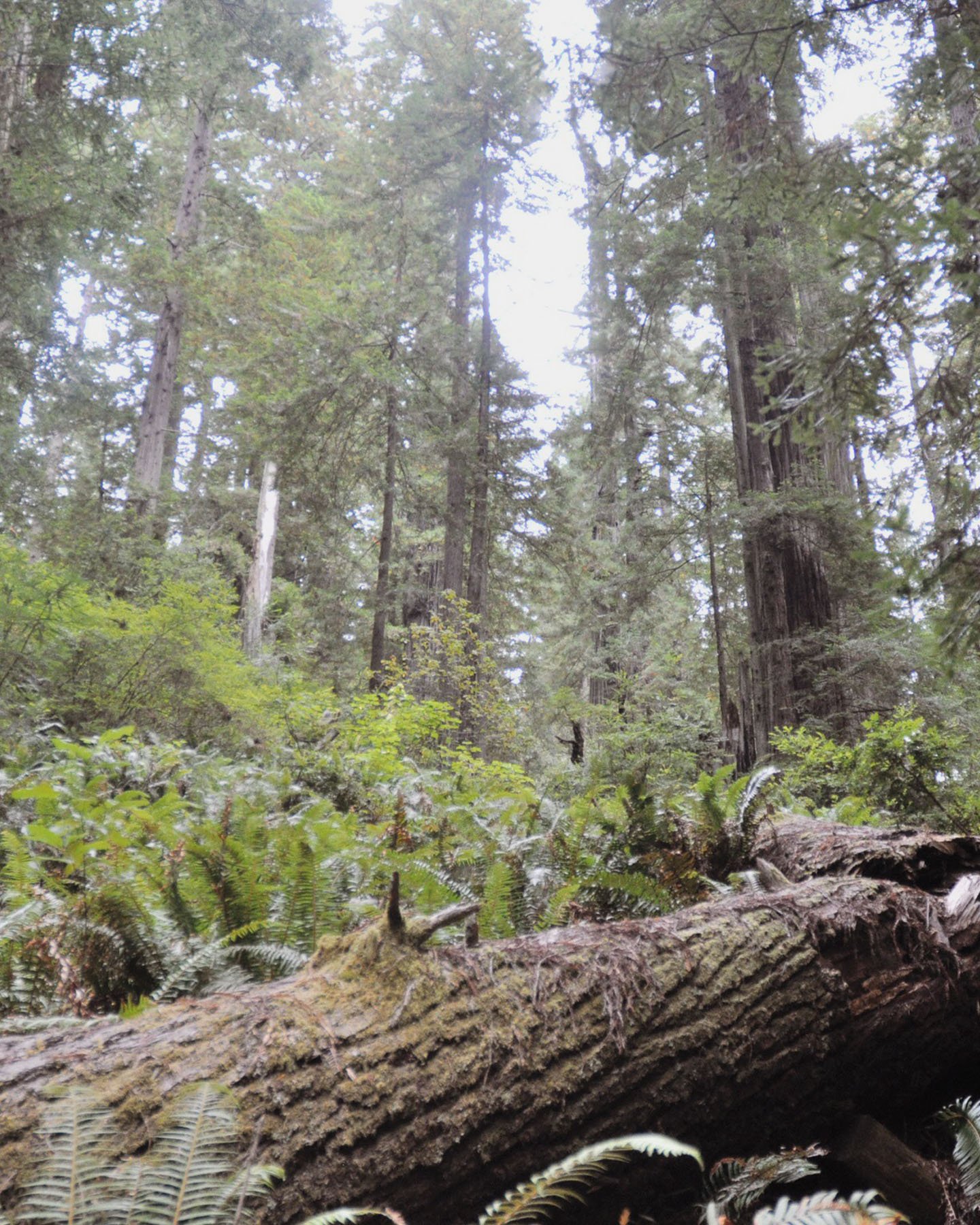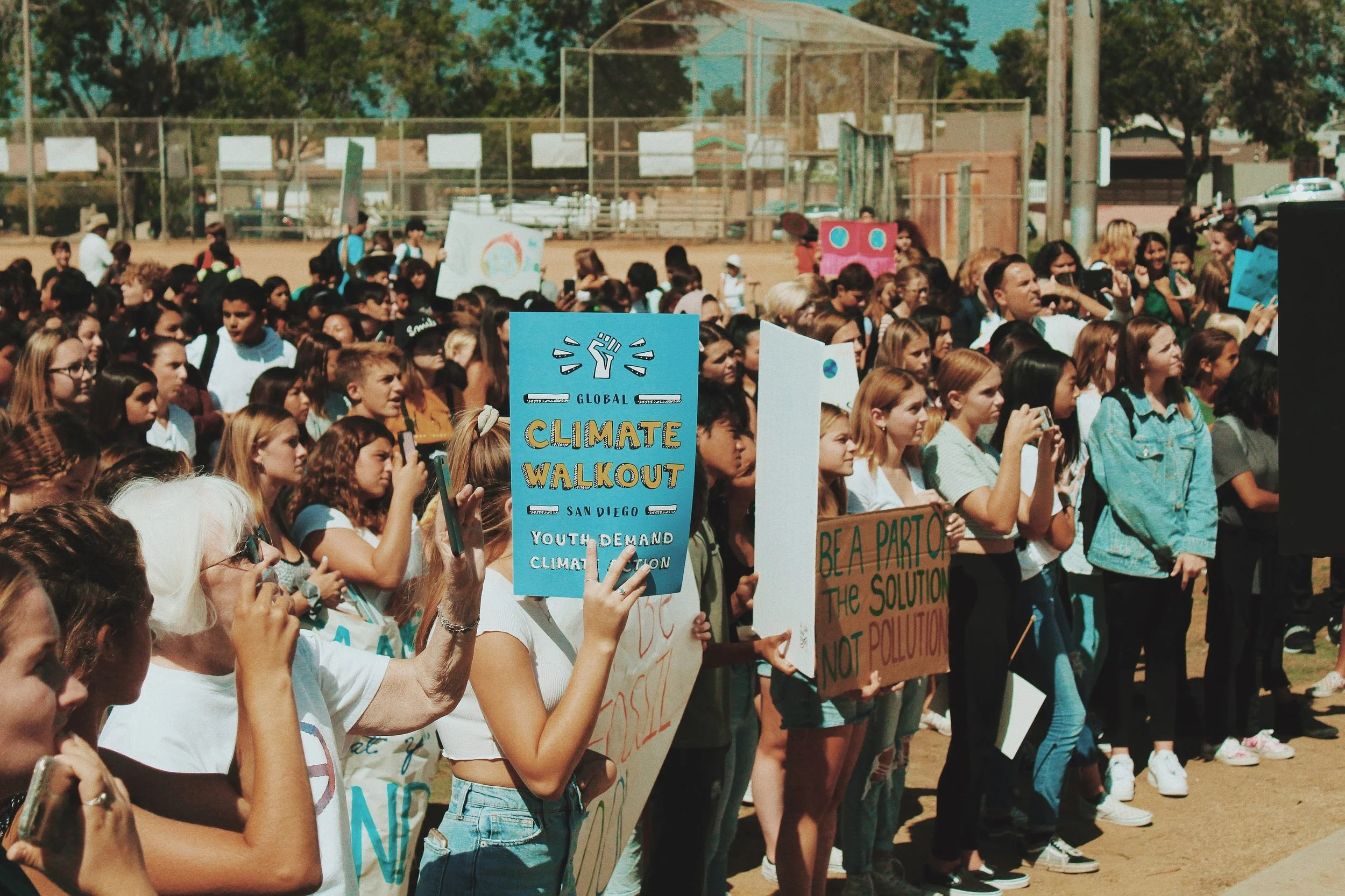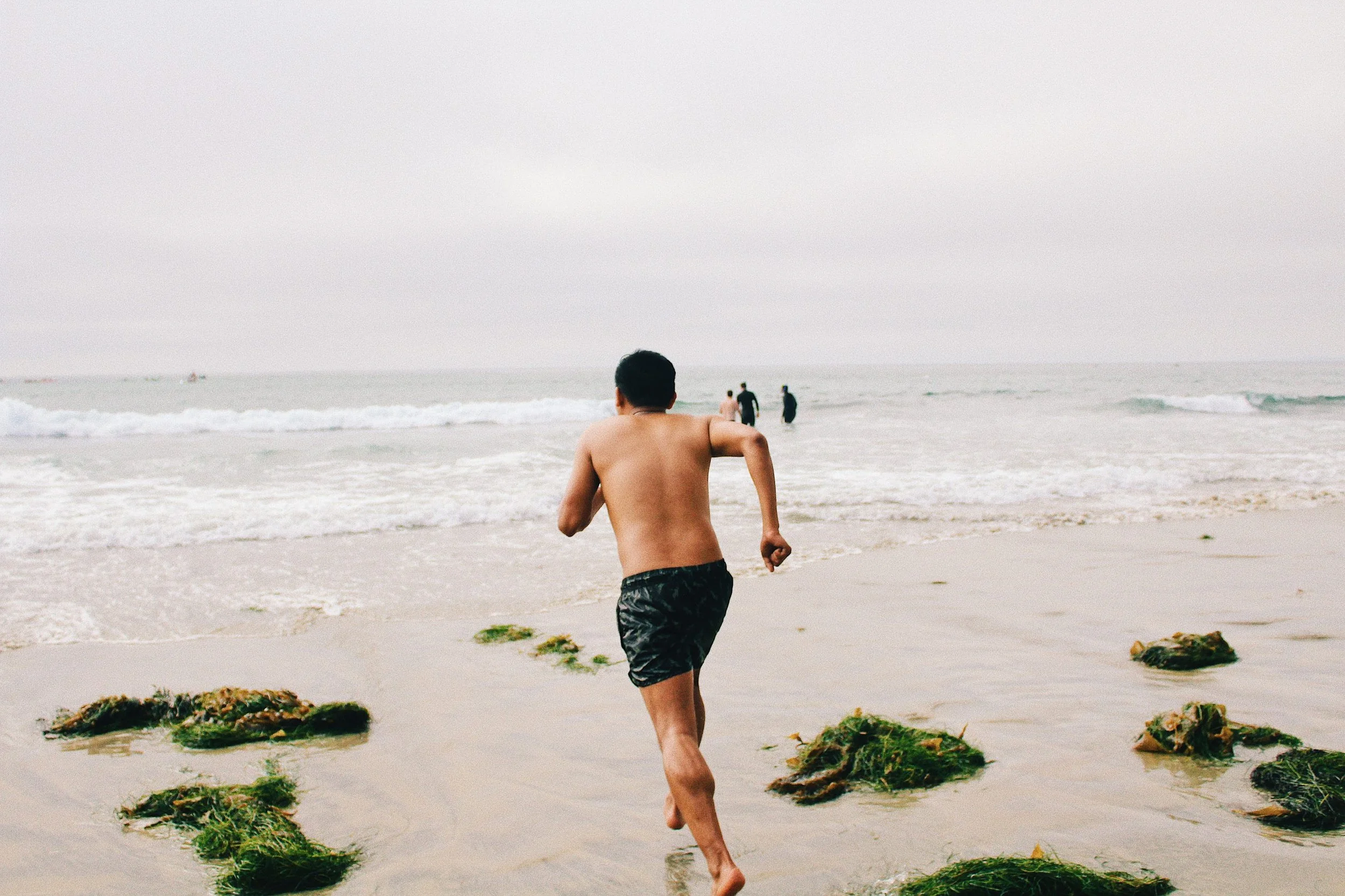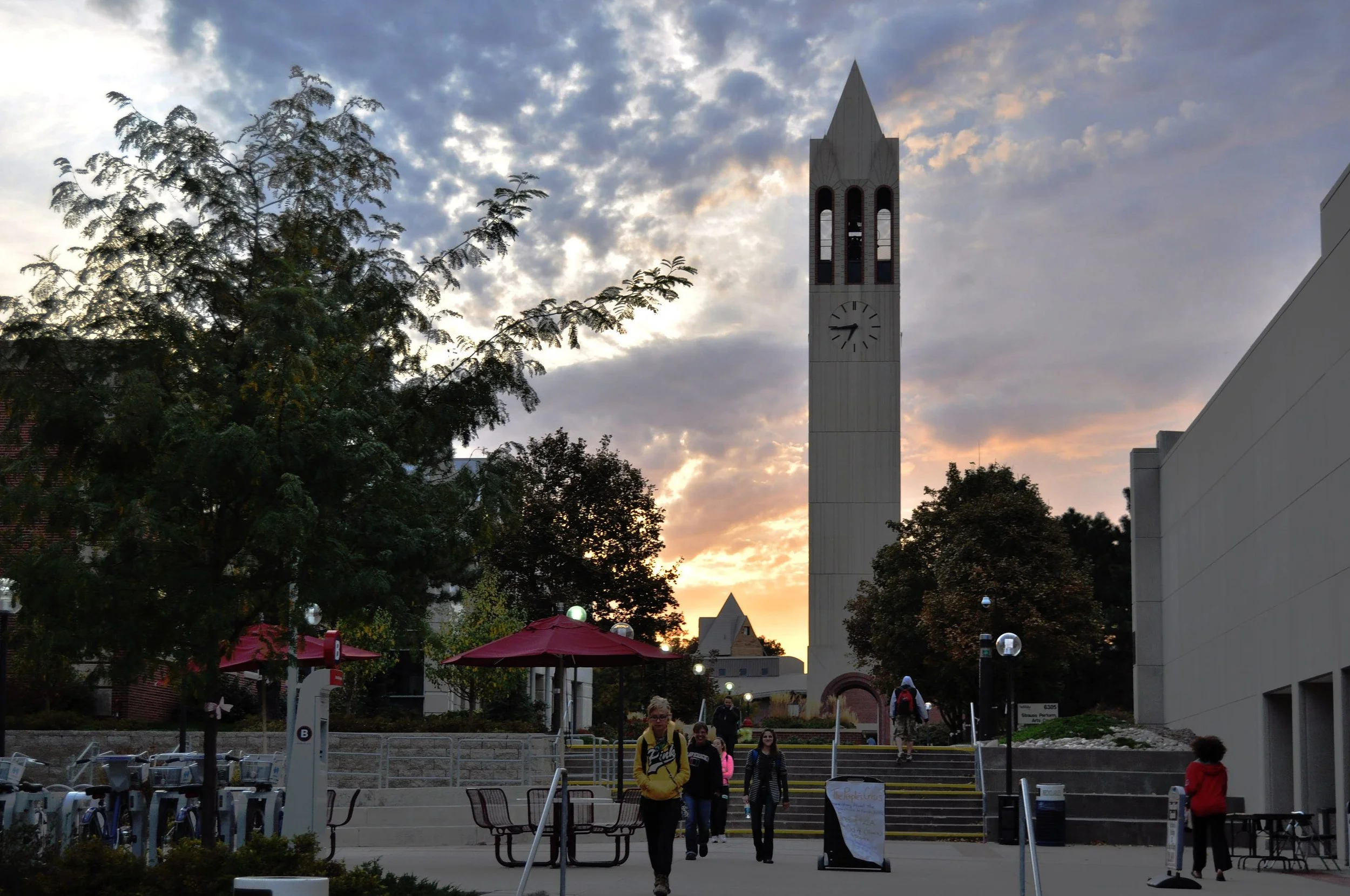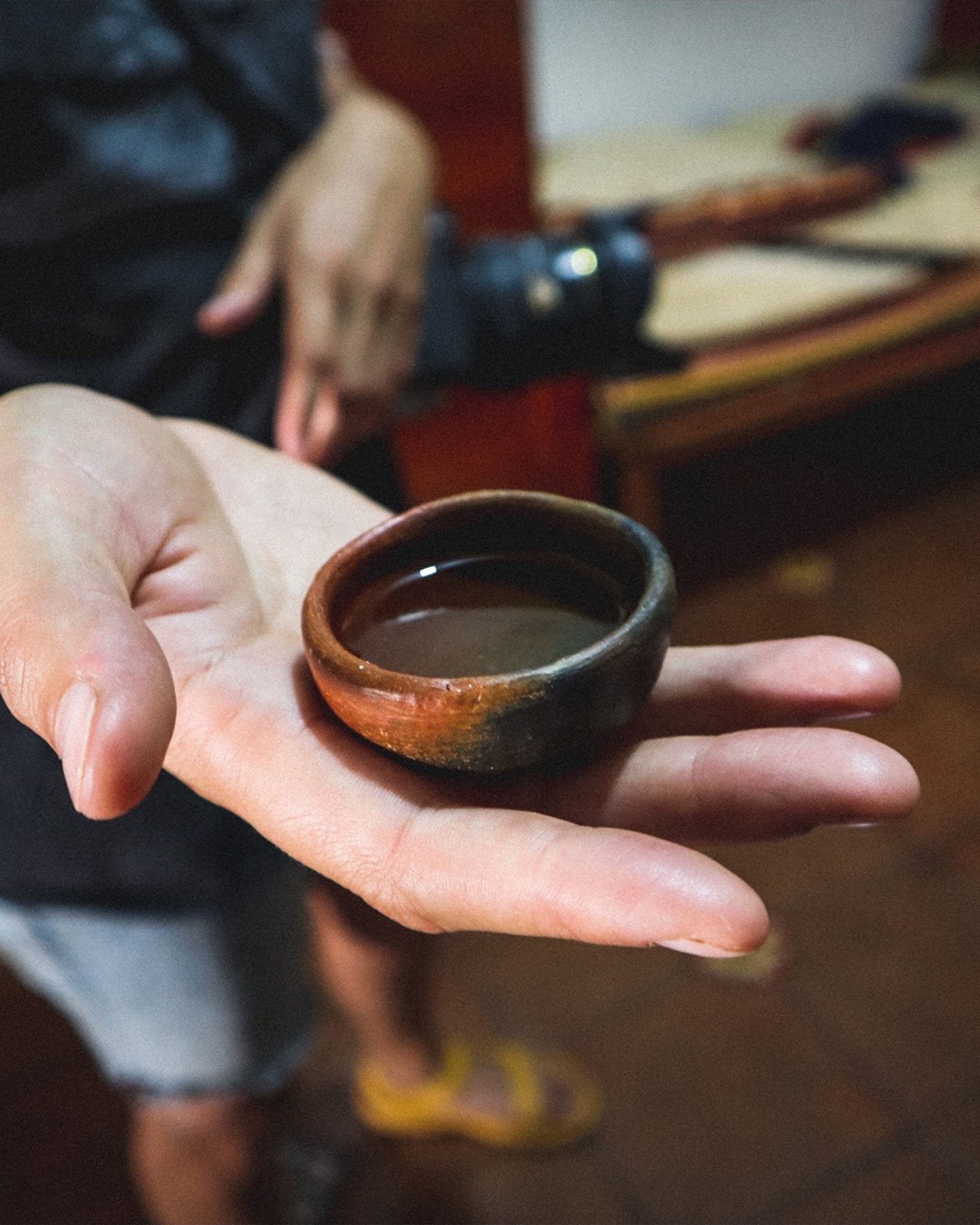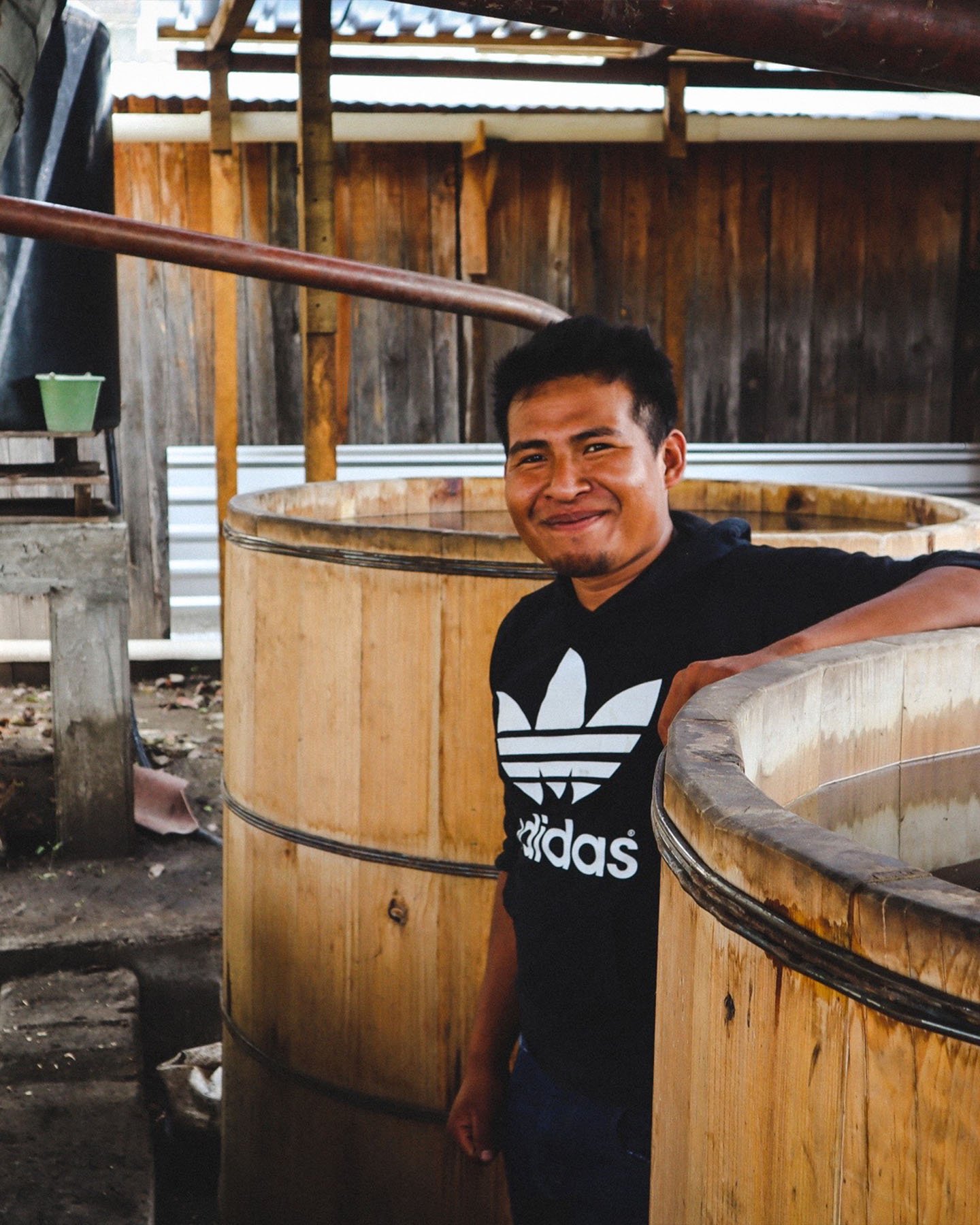View in browser
Finally feeling that way about San Diego
PHILIPPE LAZARO
MAR 15
READ IN APP
What makes somewhere feel like home?
Most of us are well aware that it’s possible to live somewhere, sometimes for a very long time, without really having it feel like the place where you belong.
Recently, I’ve been really starting to value having a place that feels like home. Feeling like I belong to the city and community that I live in.
Which is funny because I spent such a long period of time on the other end of the spectrum. Living nomadically, moving frequently, and feeling defined by the constant change.
Why did San Diego just start to feel like home? Find out on my latest video.
Watch it here
My experience was one that’s become increasingly common. I moved around a few times as a kid. Then I moved around a lot as an adult. Finishing schools, starting jobs, starting a family we’re all changes punctuated by a change in ZIP Code.
Not area code, of course. I’ve been rocking the same number since my Nokia Brick.
When I realized the norm of having a place that felt like a permanent home wouldn’t be MY norm, I wound up finding a lot of meaning in the image of being nomadic.
And to be honest, there’s a LOT there.
Pilgrimages.
The Alchemist.
Thrice’s song In Exile.
So spiritually rich.
I especially found a lot of growth, meaning, and soul level nourishment from travel. On some of my earliest trips as an adult, I felt so much connection to others and the world at large along with so much self discovery, that it seemed to really reaffirm my sense of identity as a nomad.
For a short period of time, I even had nomad as my actual job title. It was kind of a well branded internship, but as a nomad for a nonprofit organization, my job was to live in a van and raise awareness of the North Korean refugee crisis while traveling.
There are years on my timeline where I can’t even say where I lived, because I would leave one city after saving up enough to put my few possessions in a storage closet except for those that would go backpacking with me for months.
One of my earliest travel experiences as an adult came as a student, during a semester in Italy. Part of what was awesome about that experience was that I anchored myself in Siena while taking a side trip on weekends to any one of Italy’s other iconic destinations. Venice. Verona. Bologna. Milan.
I’m glad I did it that way, because Italy has so much to see. And because coming back to Siena, small in size despite its cultural footprint, always felt like a cozy return.
I’d come back from the excitement of a city’s nightclubs or a villa’s wineries and feel a little more relaxed in Siena. I loved having regular visits to the same ordinary supermarket. That helped me feel more like I was actually living there. Faces I saw on my morning walk everyday became familiar. I could navigate without a map. It felt like where I belonged.
It was the smallest sample taste of somewhere feeling like home.
I got a much larger scoop after that semester abroad.
I returned to my actual college town. Santa Barbara.
As I drove into town and saw the familiar coastline… then the familiar shop signs… even the goofy font on all the brown street signs… I felt like I was back in my proper environment.
I couldn’t wait to reconnect with my people and swap stories from that summer.
I realized that Santa Barbara was the place where I would find all the open storylines of my life. The girl I’d been talking to. The friendships that were taking root. New projects I was creating.
The funny thing was, I was literally without a house. I returned from Italy at an awkward time that led to me couch surfing for months.
(Long story very short… I kinda met my wife that way!)
Anyways, Santa Barbara at the time truly felt like home. But it would be the last place I’d feel totally at home for a good while.
School ends. People graduate. And super expensive towns without entry level jobs have a way of ushering you out.
I’d move to Bakersfield, San Diego, Oregon, South Africa, LA, a van, and several hostels, each feeling temporary.
But I began to recognize that feeling of returning to Santa Barbara and being eager to reconnect with my people as a sign that a place feels like home.
When something as basic and goofy as kitschy brown street signs feel electric, that’s how you know you’re going somewhere that has meaning to you.
This is how I’ve come upon my favorite definition of what makes a place a home.
It’s where the active storylines of your life are unfolding.
This explains why during my seasons in Oregon or Bakersfield I felt excitement around leaving town, but not so much returning. I didn’t have many active storylines in town. And visiting friends in other places and pursuing long awaited trips… those felt like more active storylines.
Anyways, I’ve been living in San Diego for seven years now… my second time living here. And despite the years I put in, it never seemed to contain my active storylines, or my closest community.
Until maybe the last year or two.
Last summer, I spent a weekend in Portland, one of my favorite cities to visit. And while I had a decent time overall, on the flight back, I found myself so excited to return.
The San Diego airport, in spite of its relative plainness was such a welcome sight.
I realized how I had so many new connections, a thriving life at home, and things I was looking forward to right where I lived.
